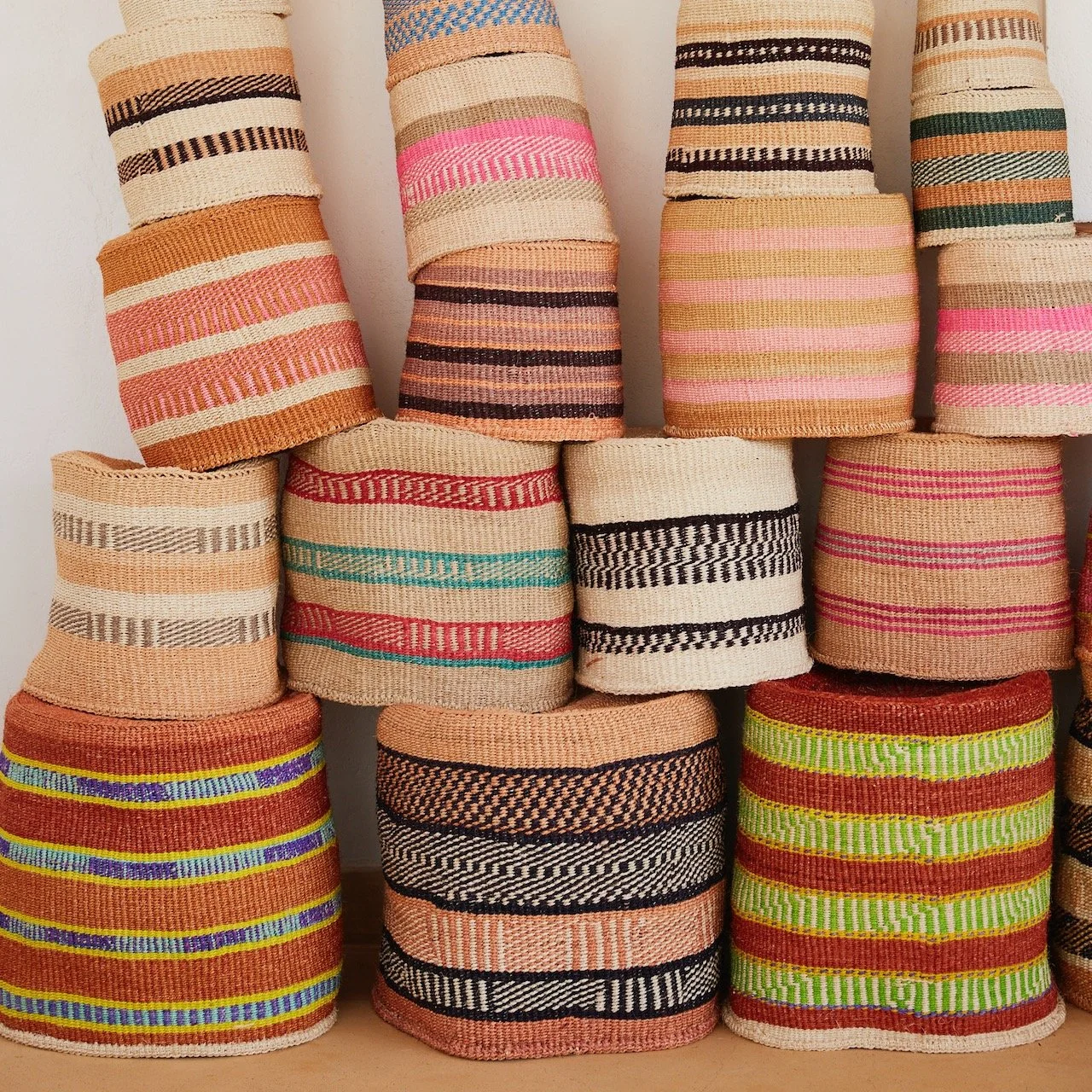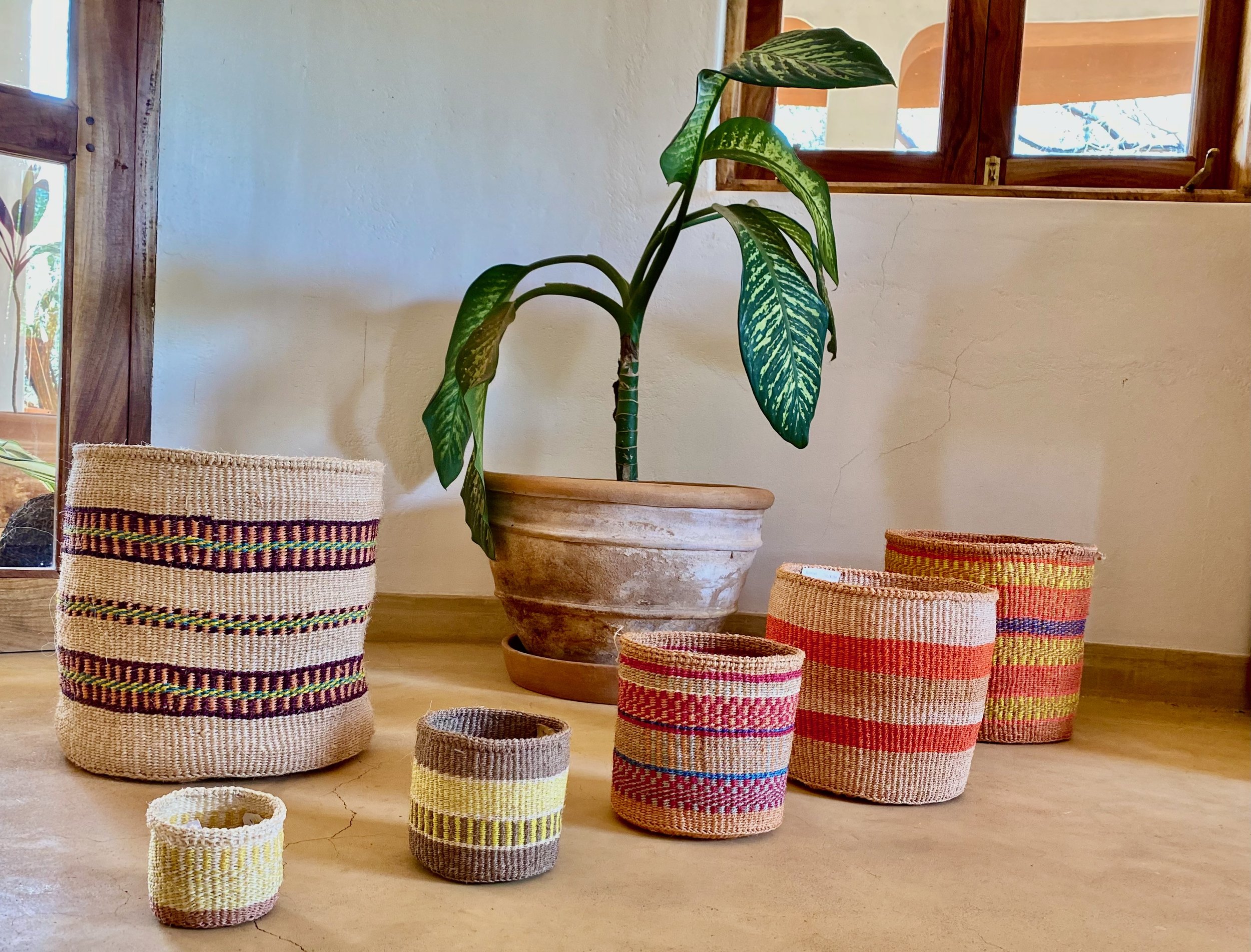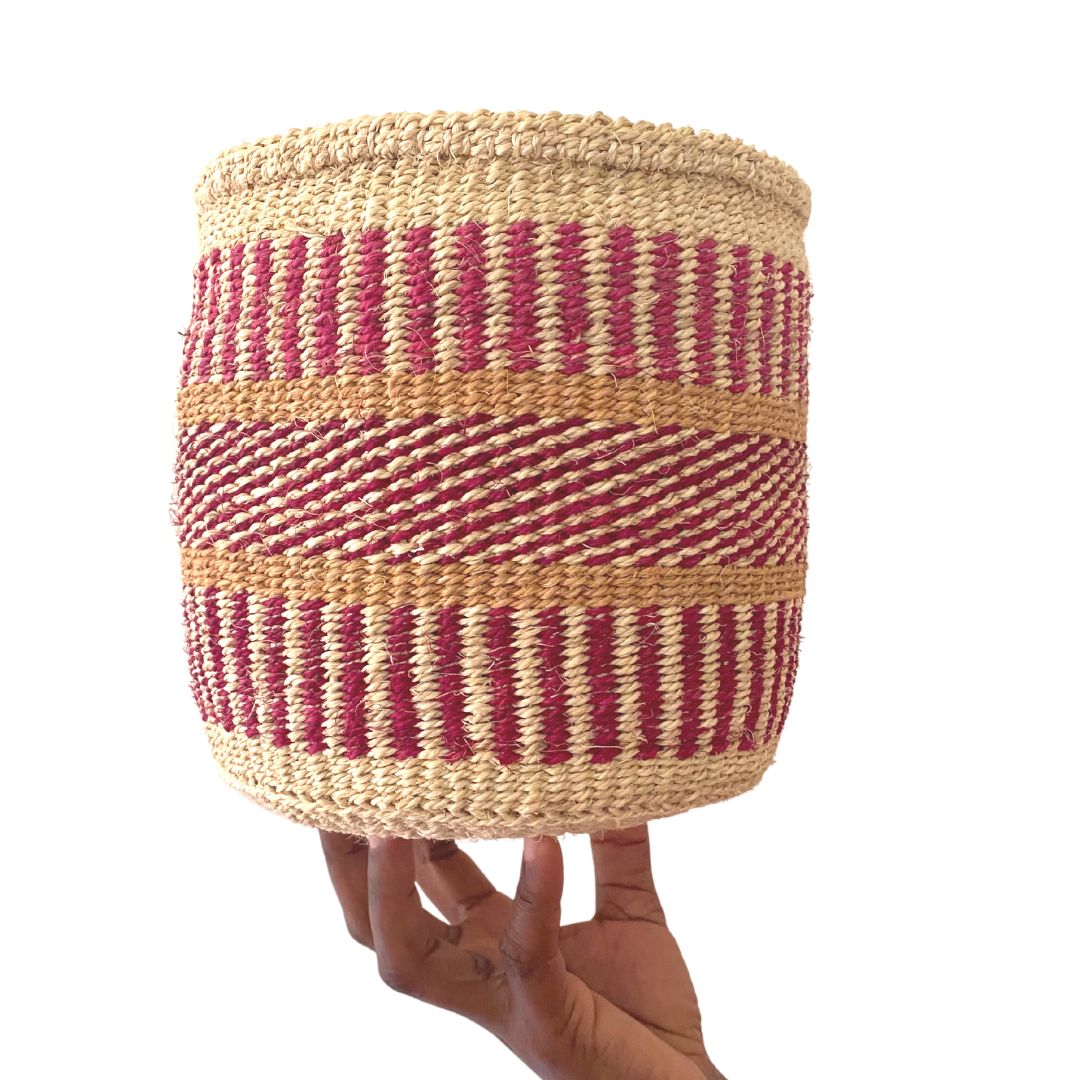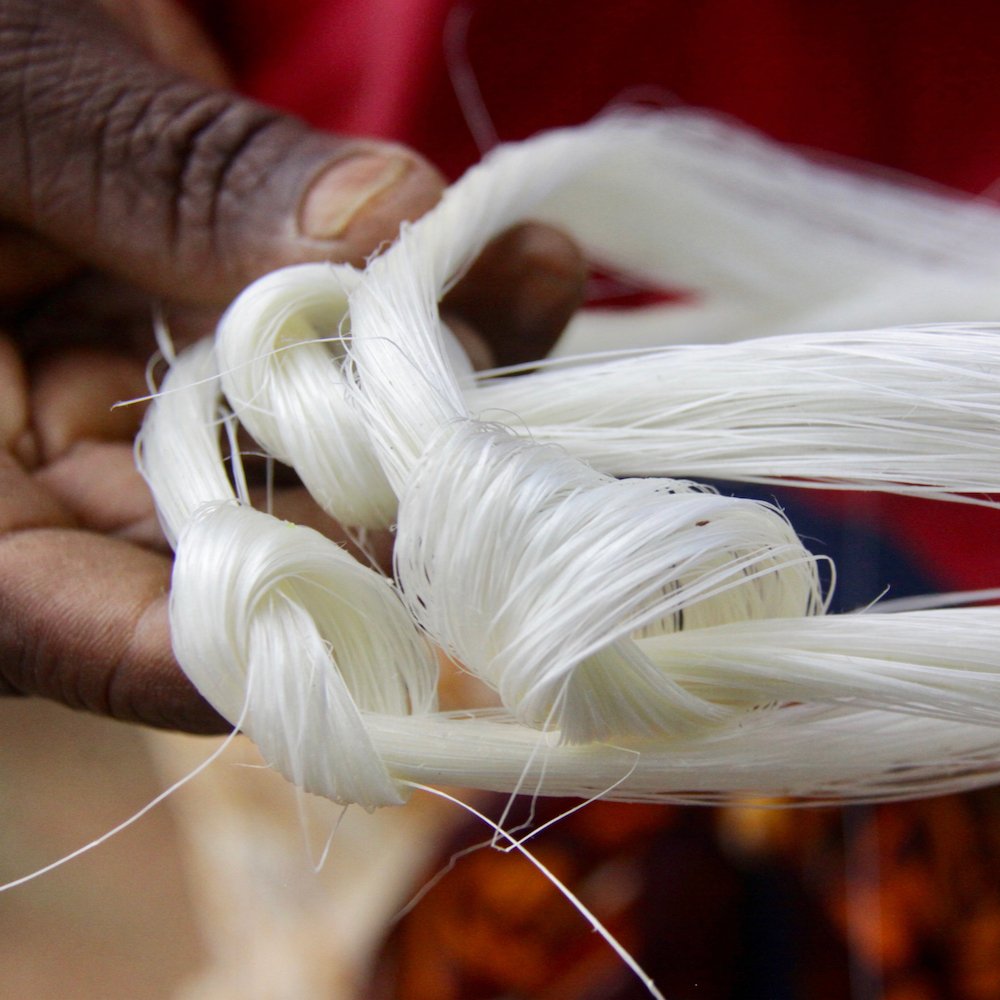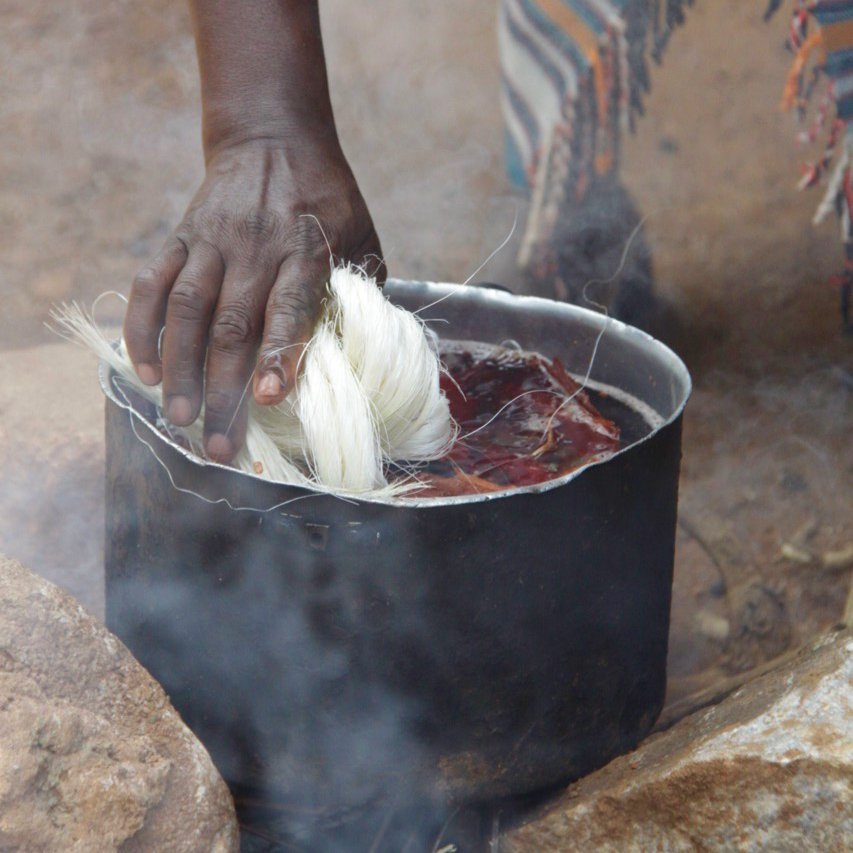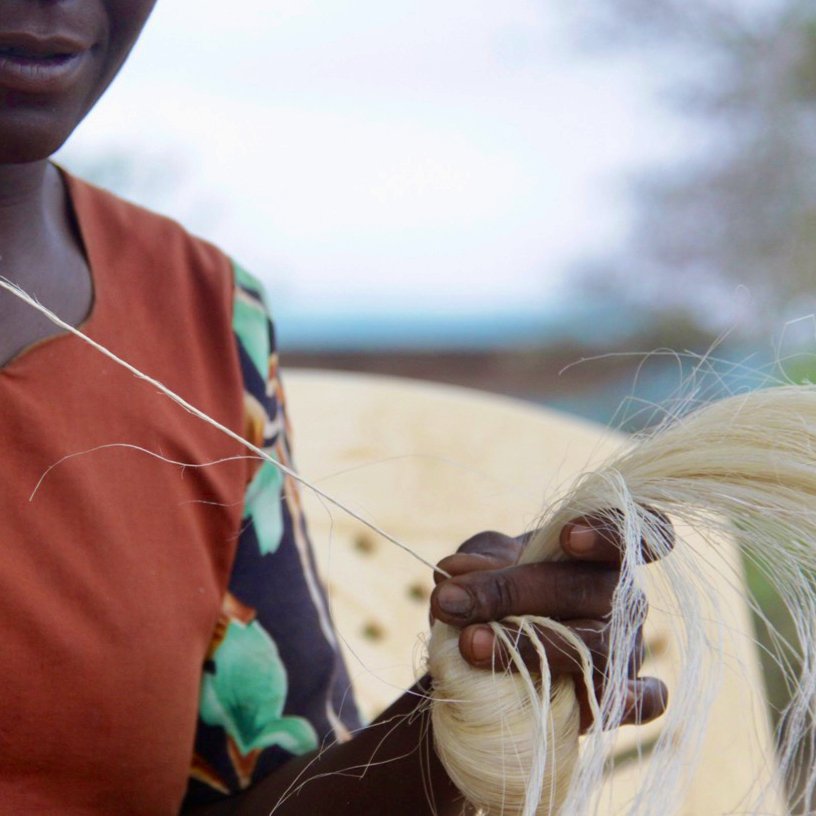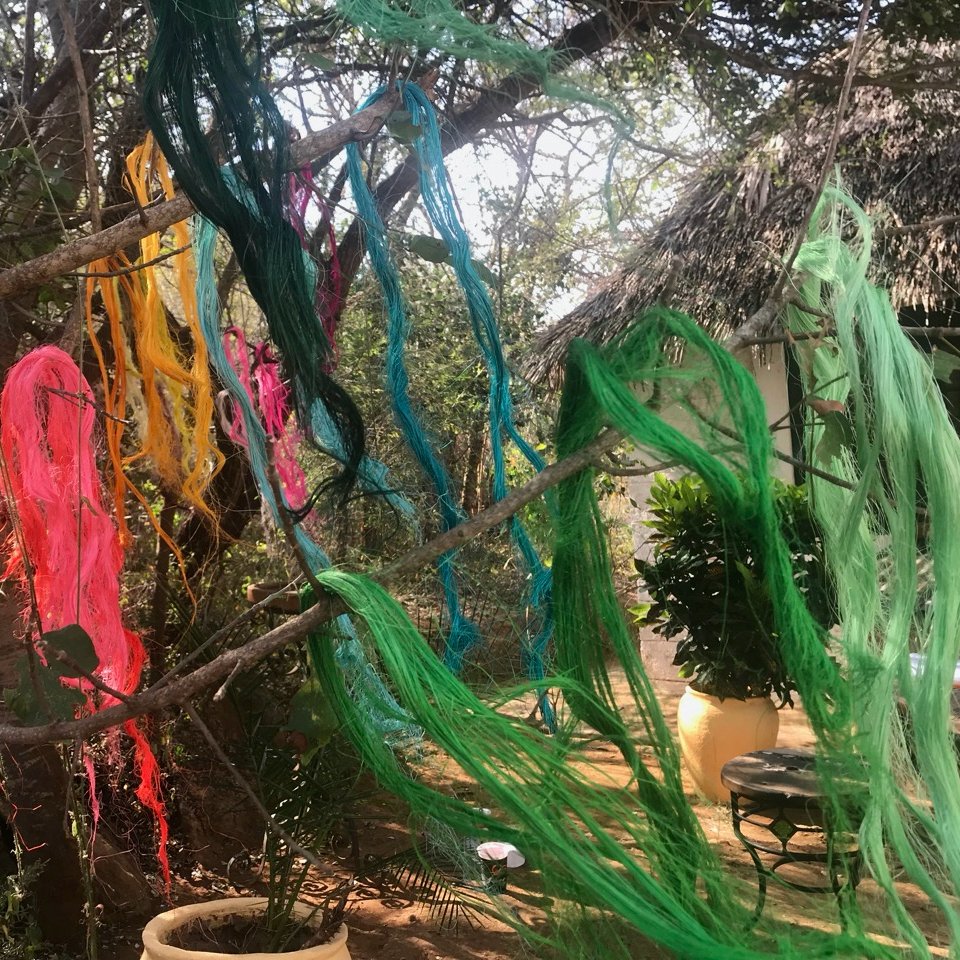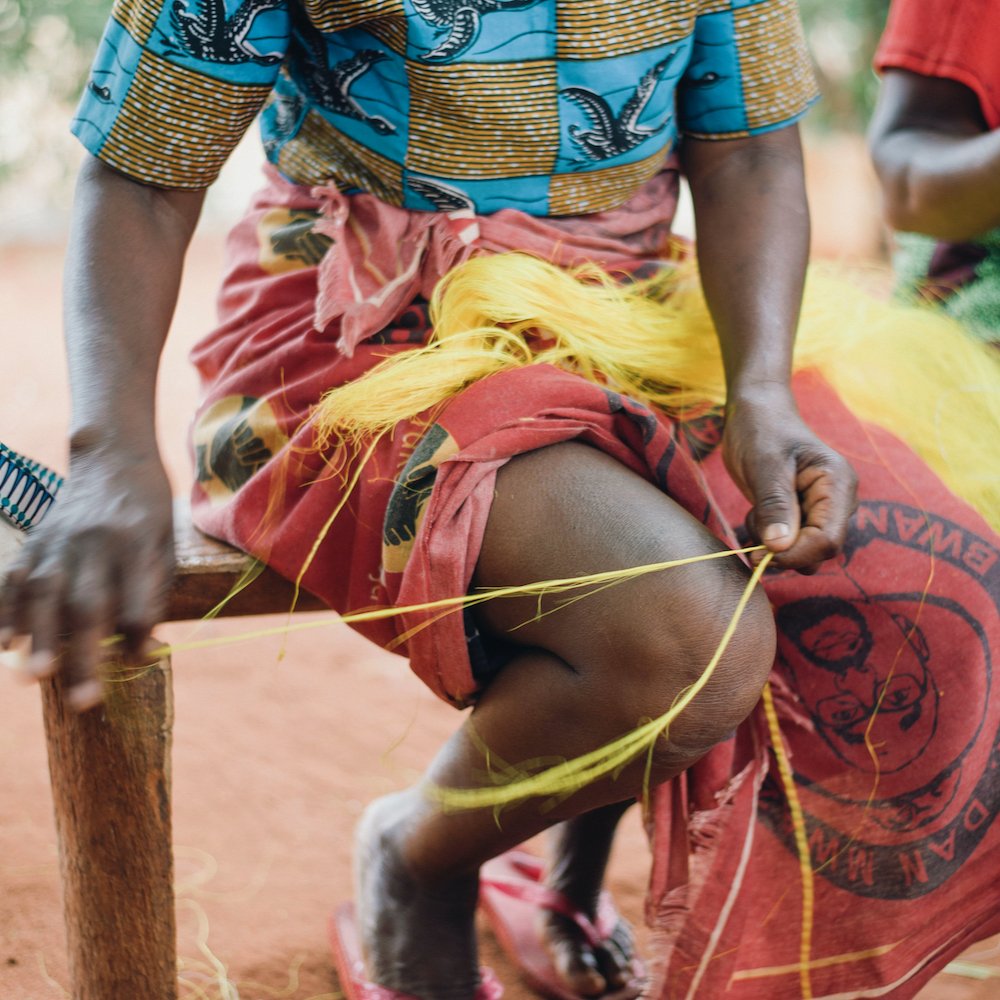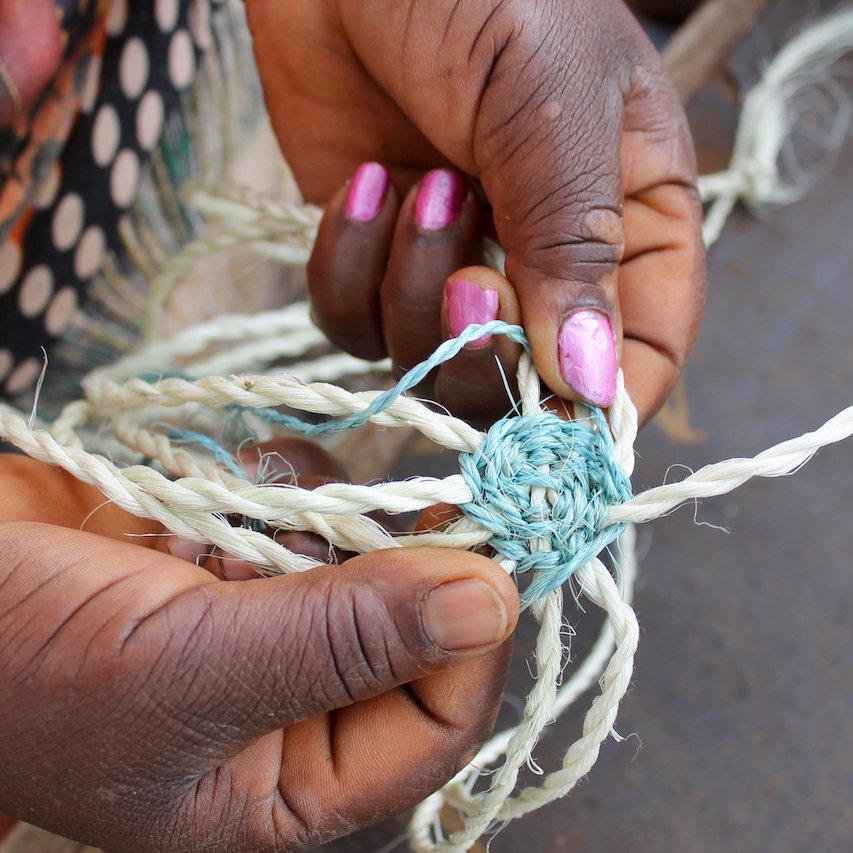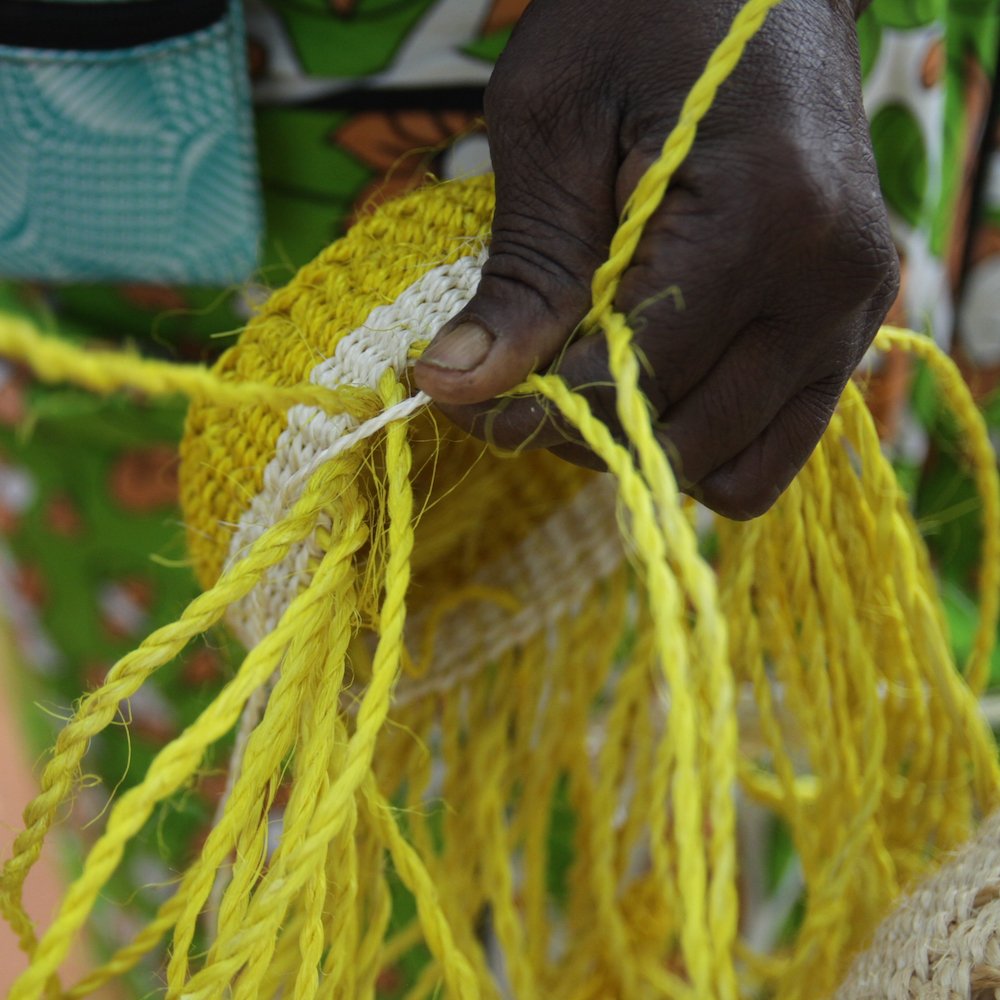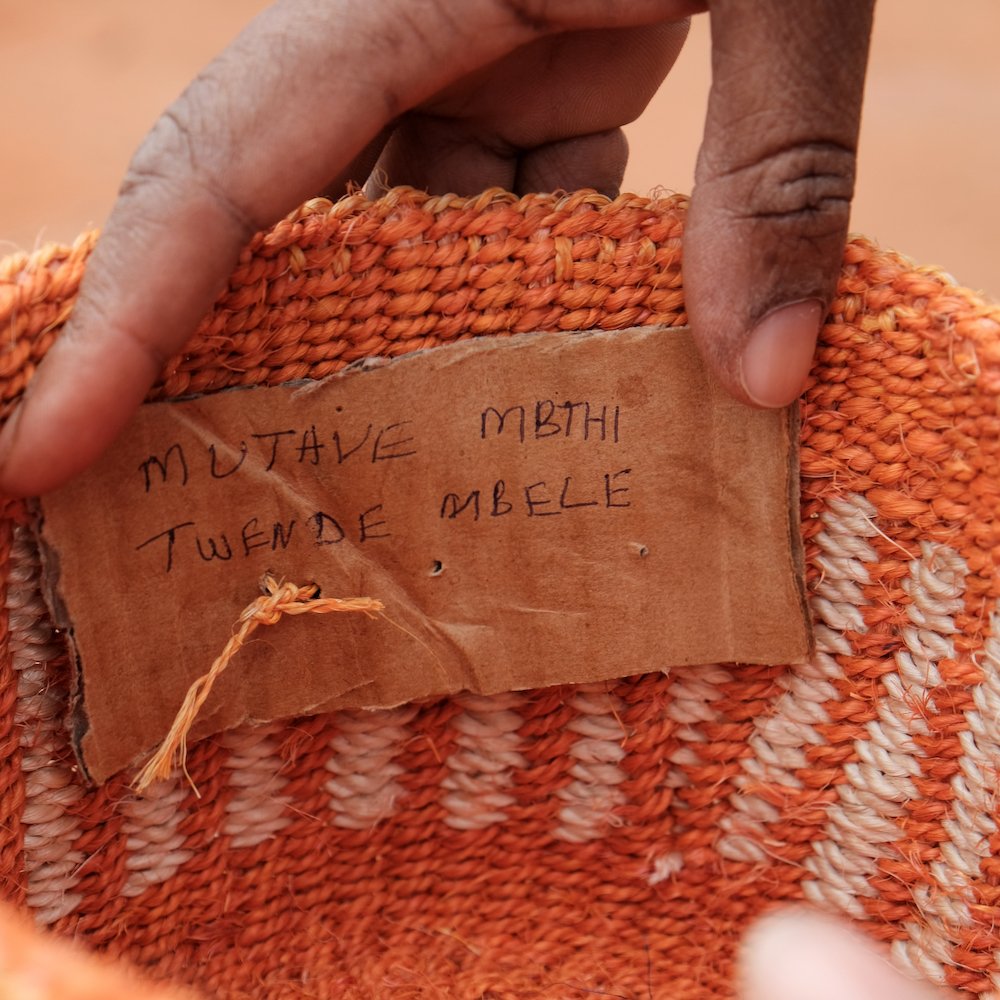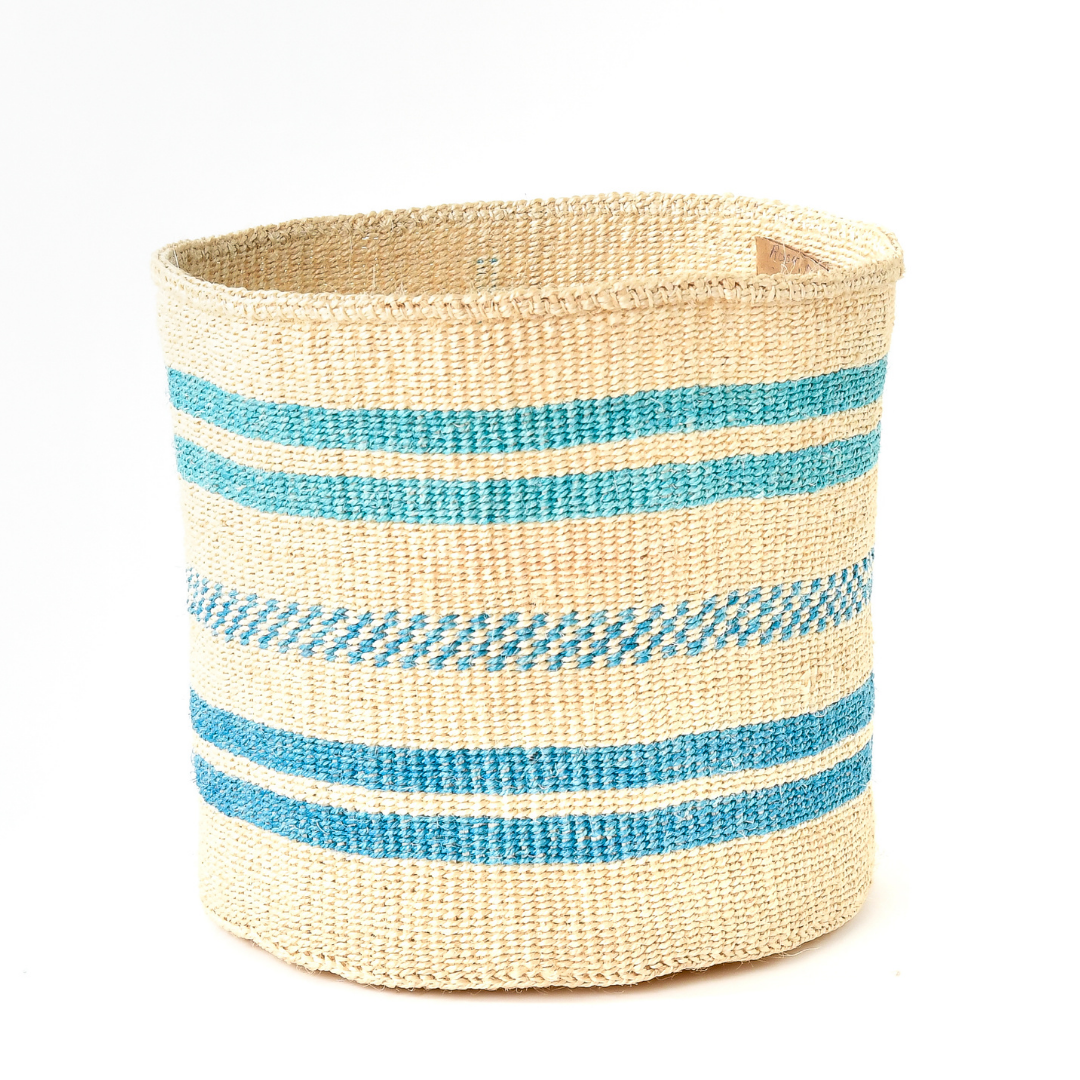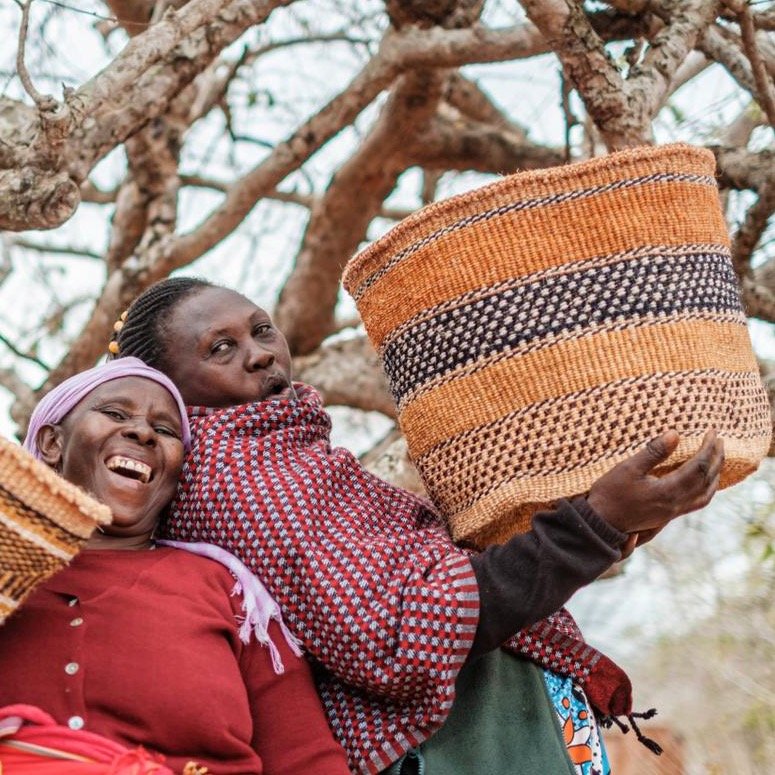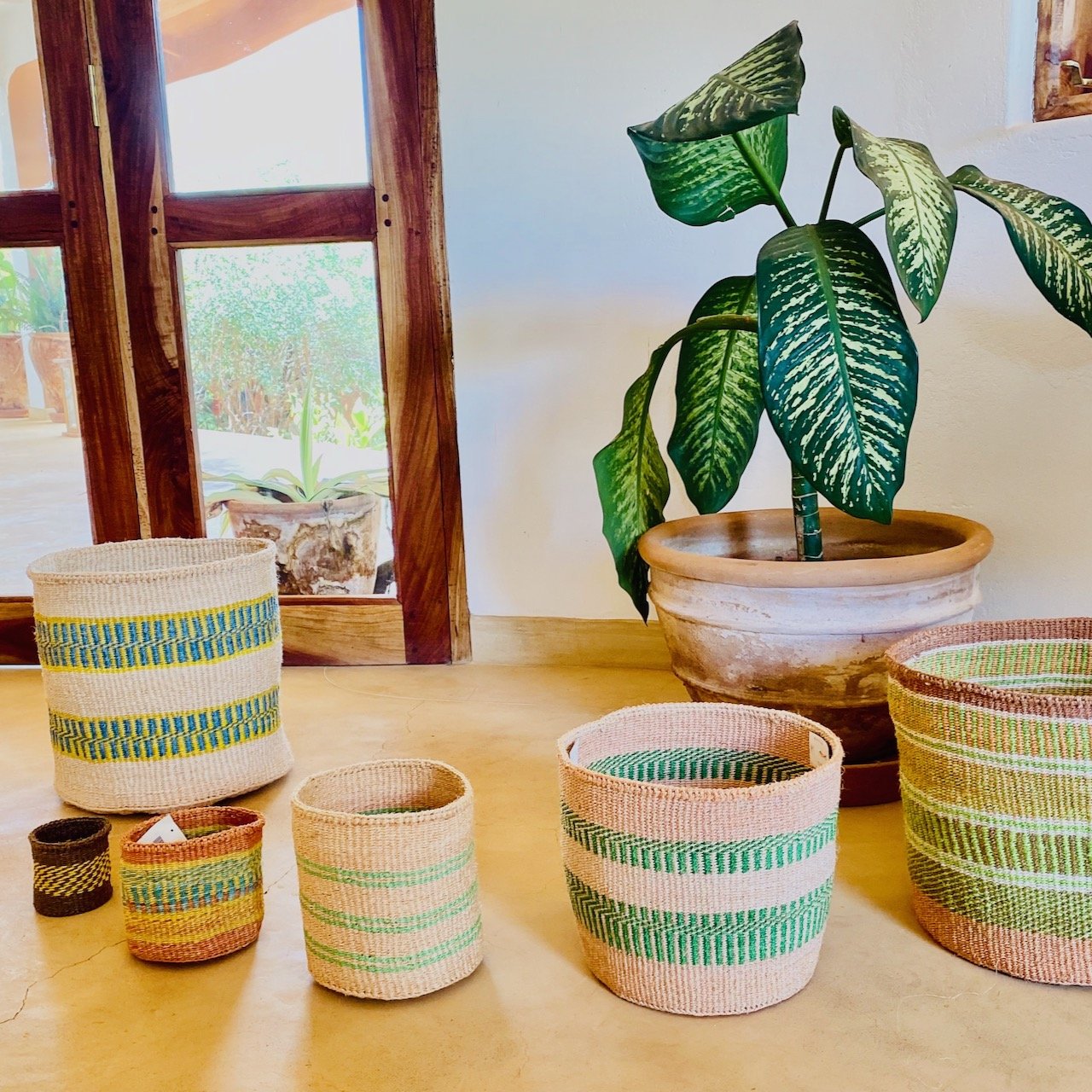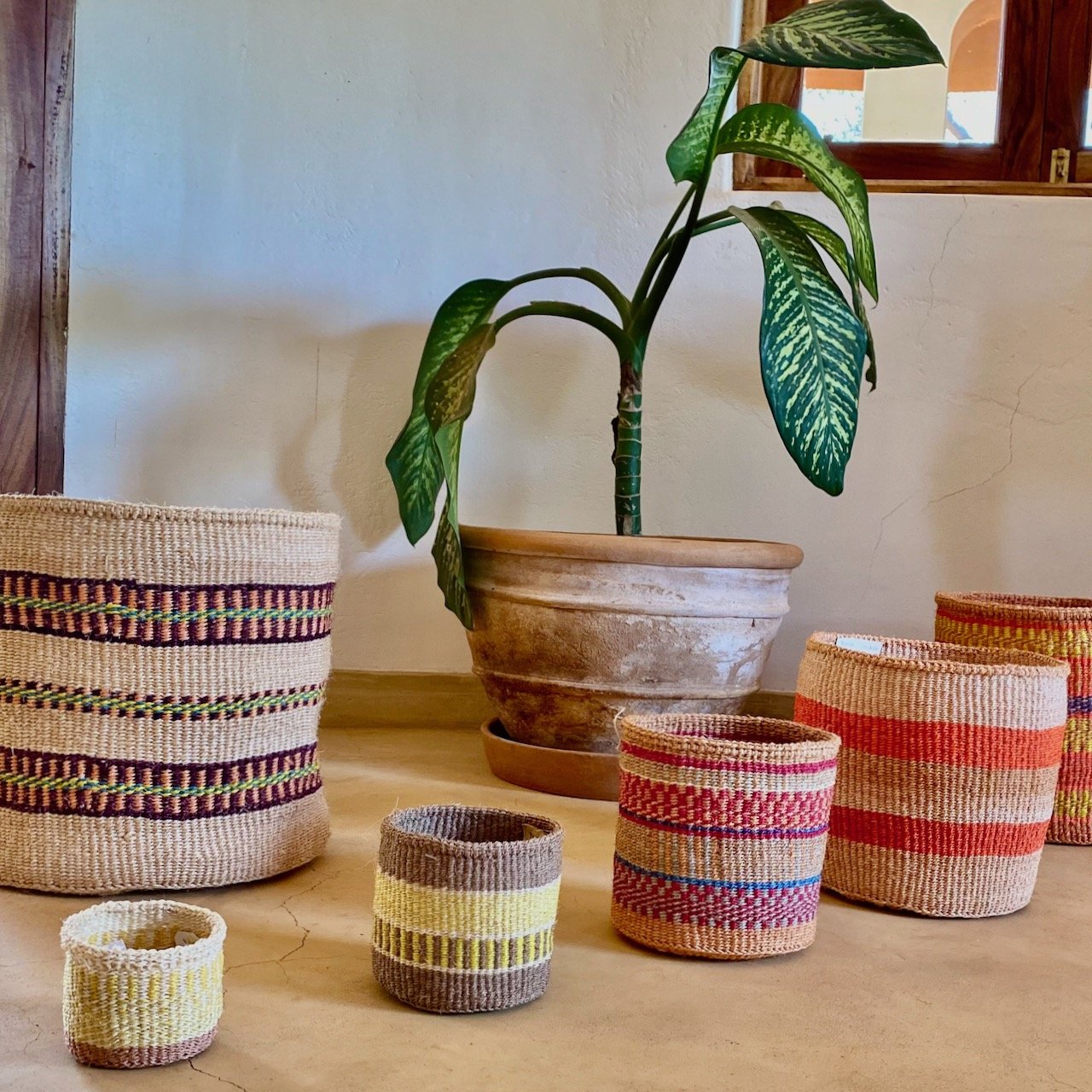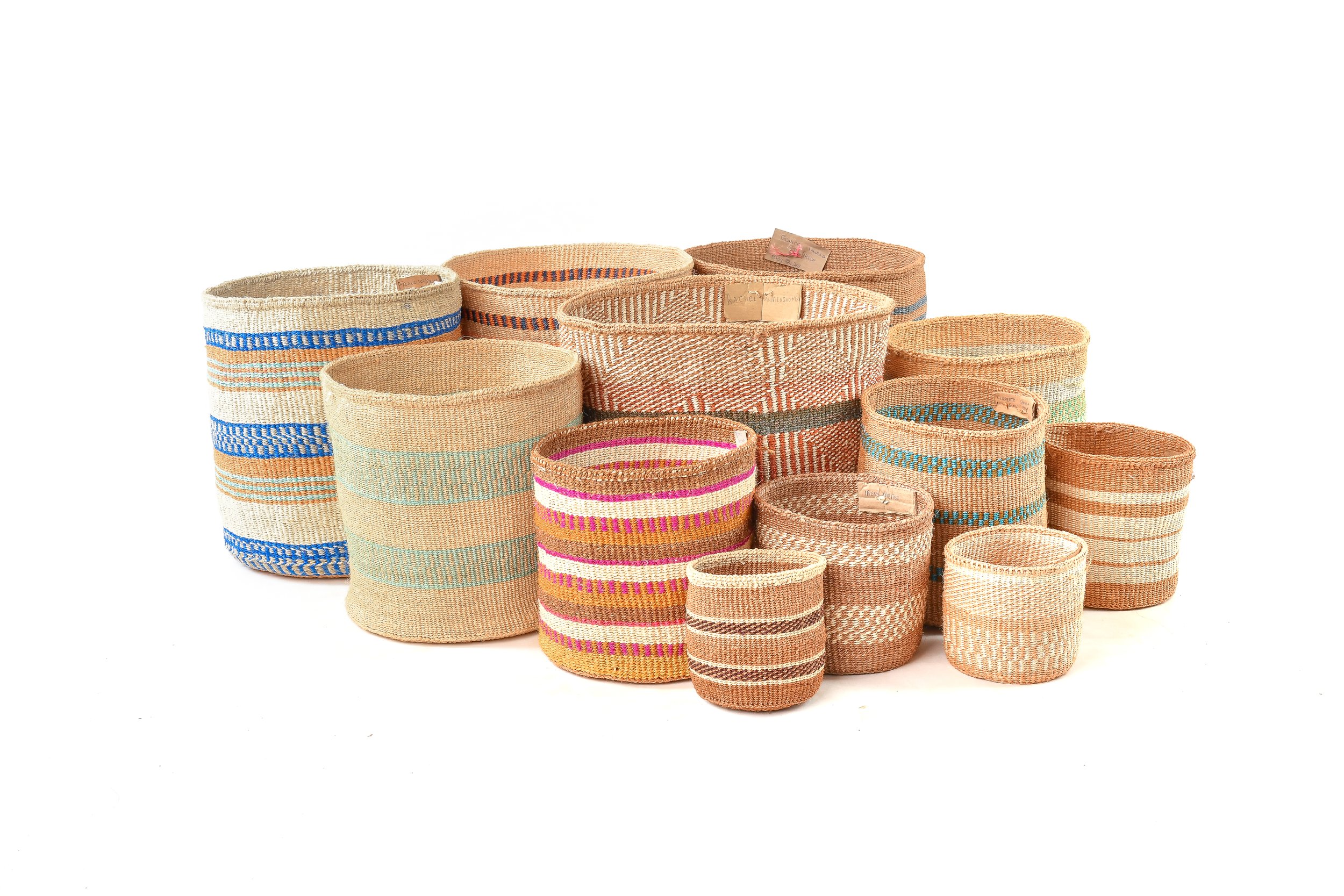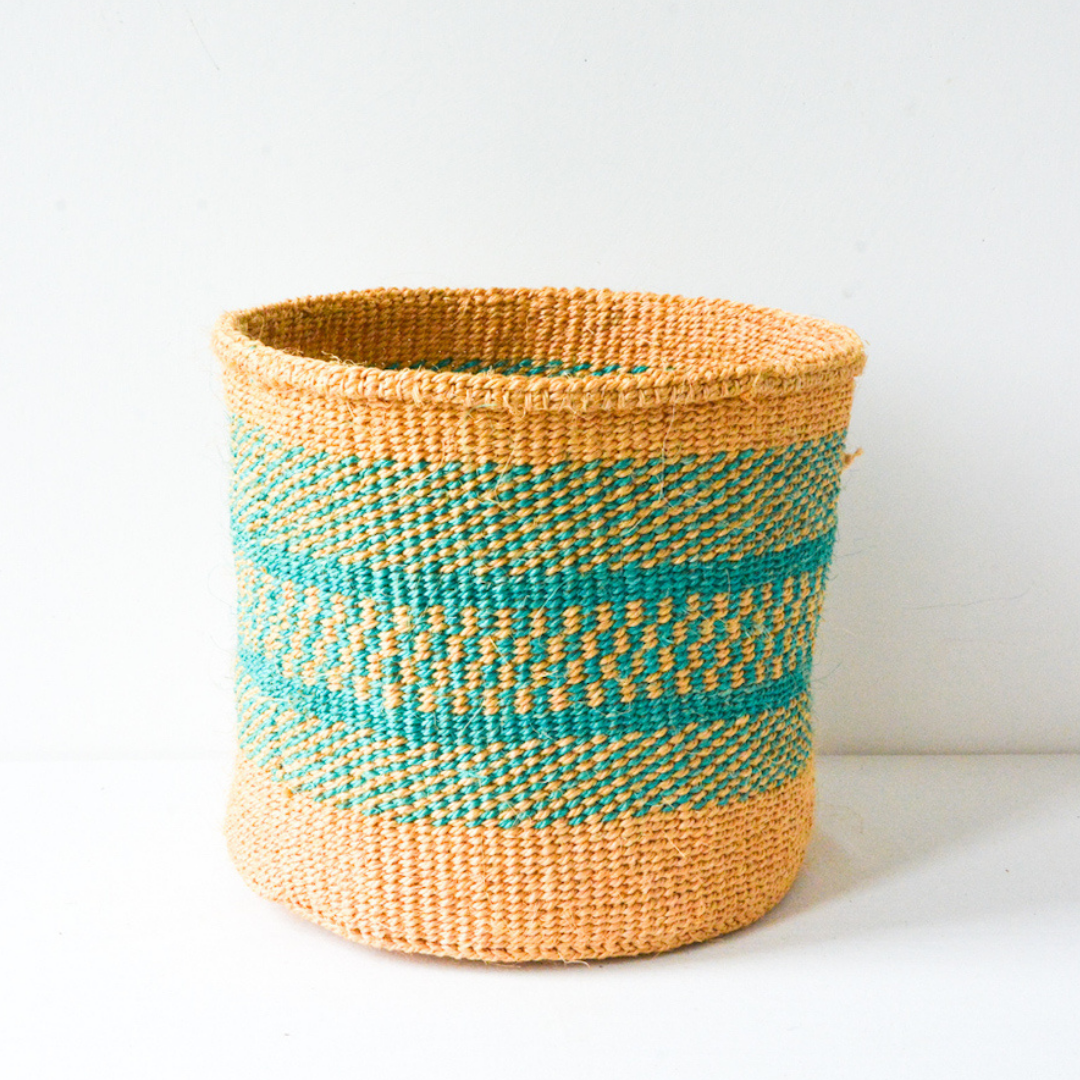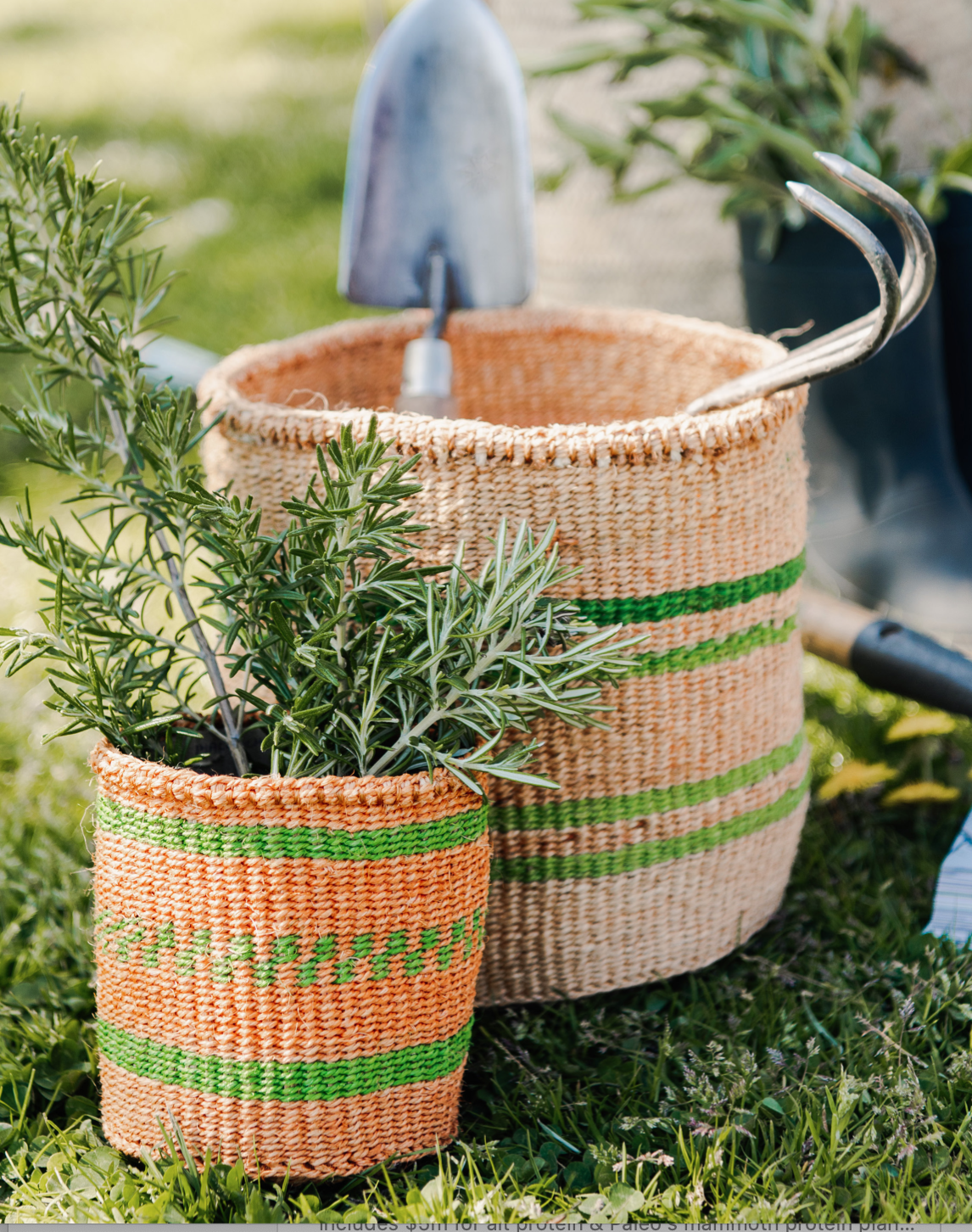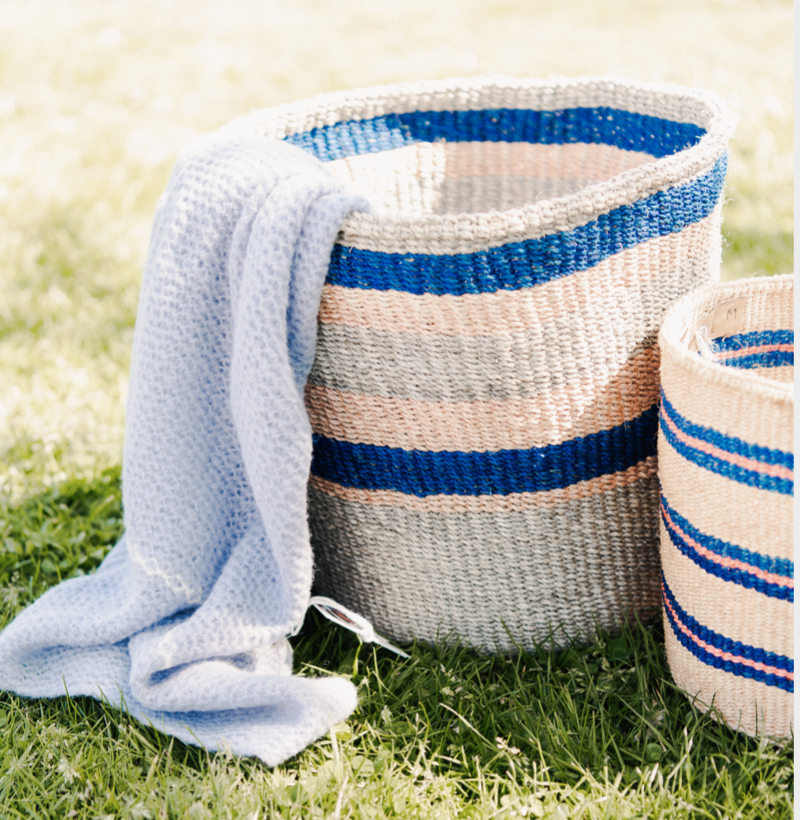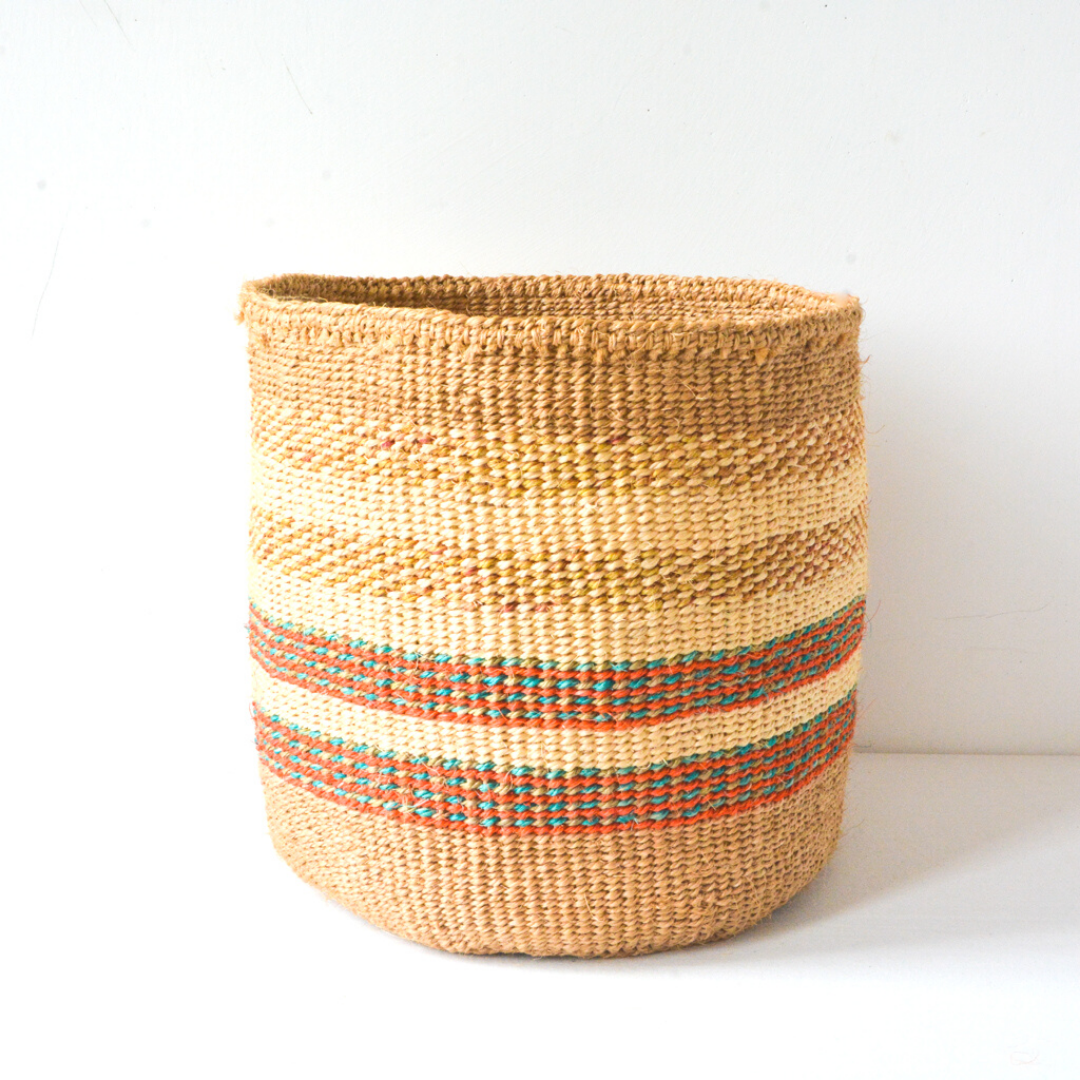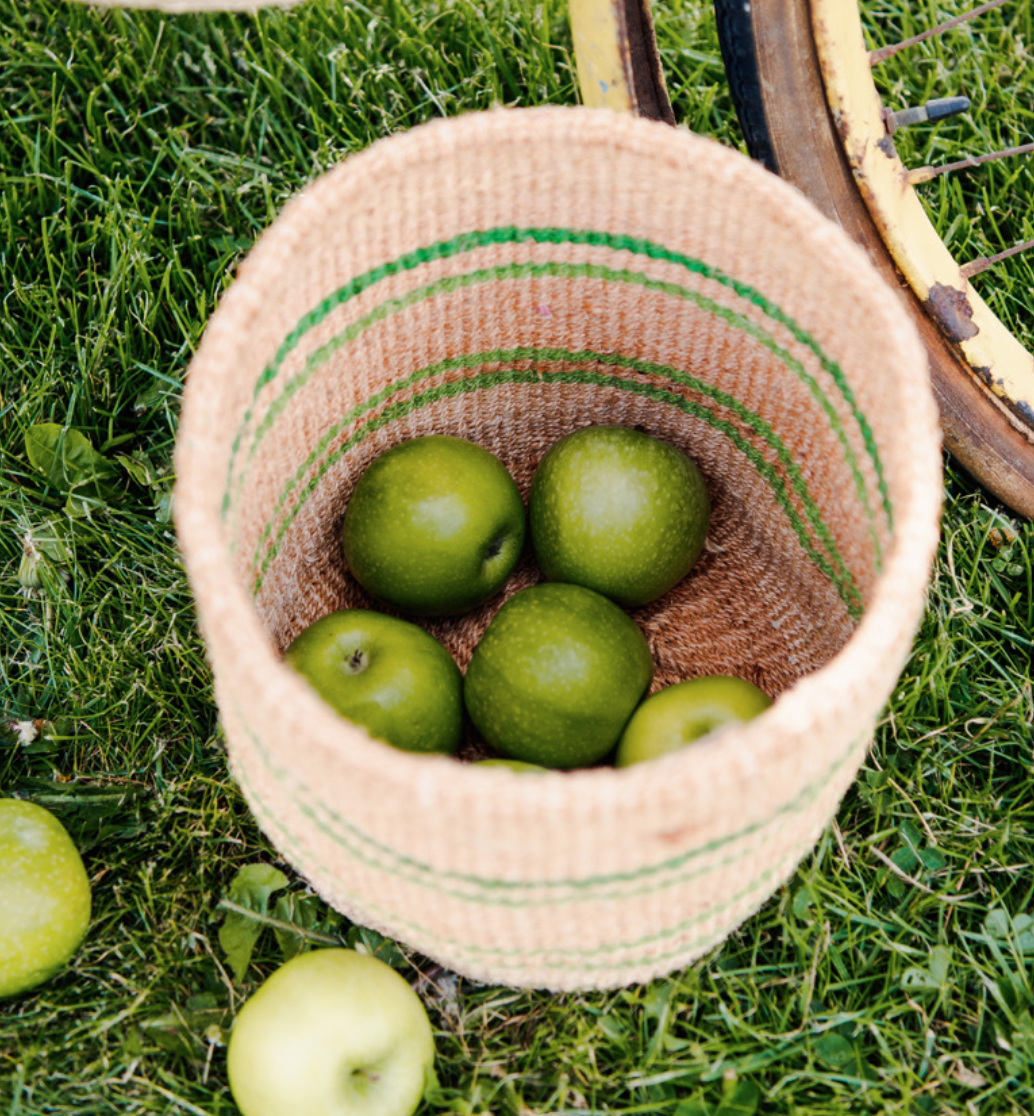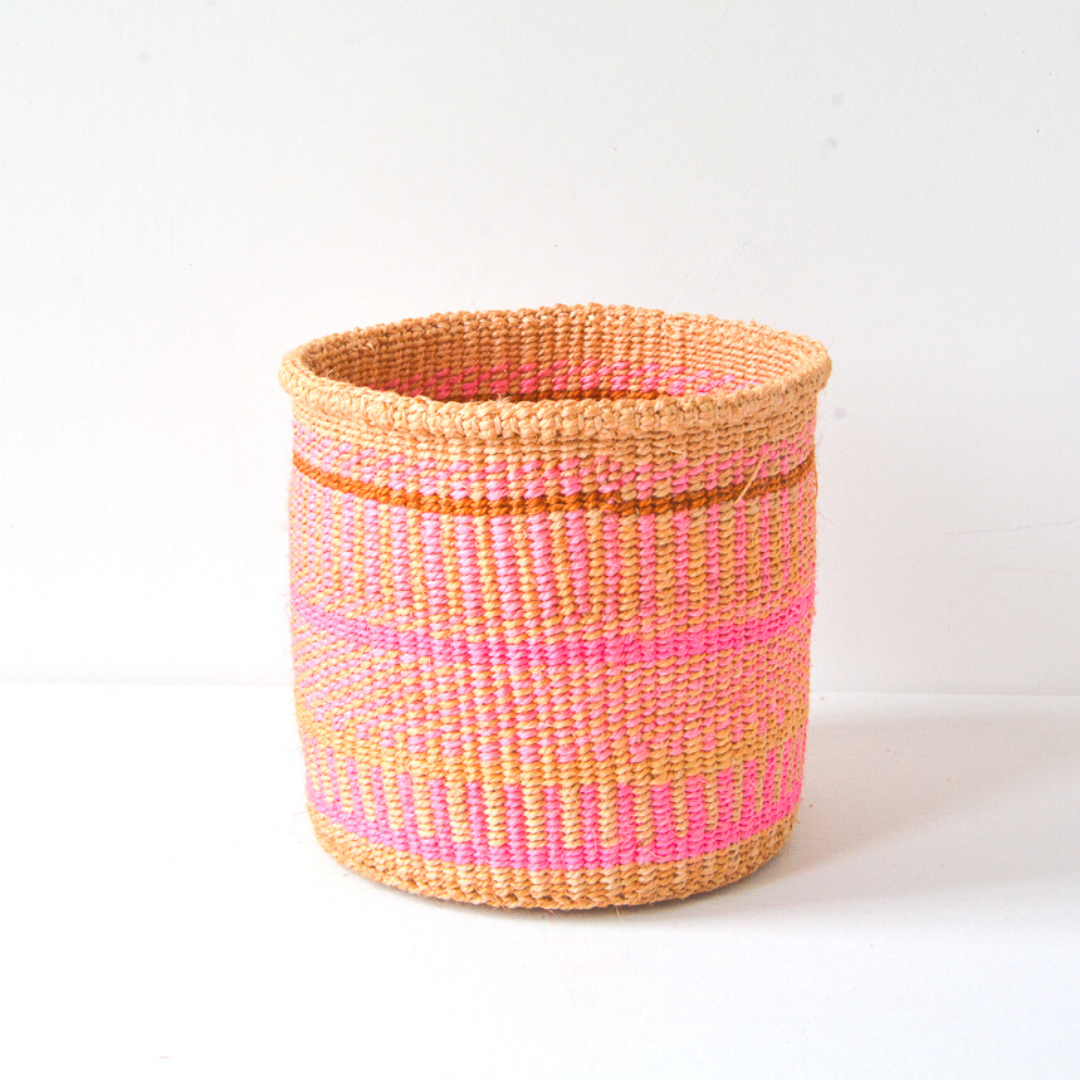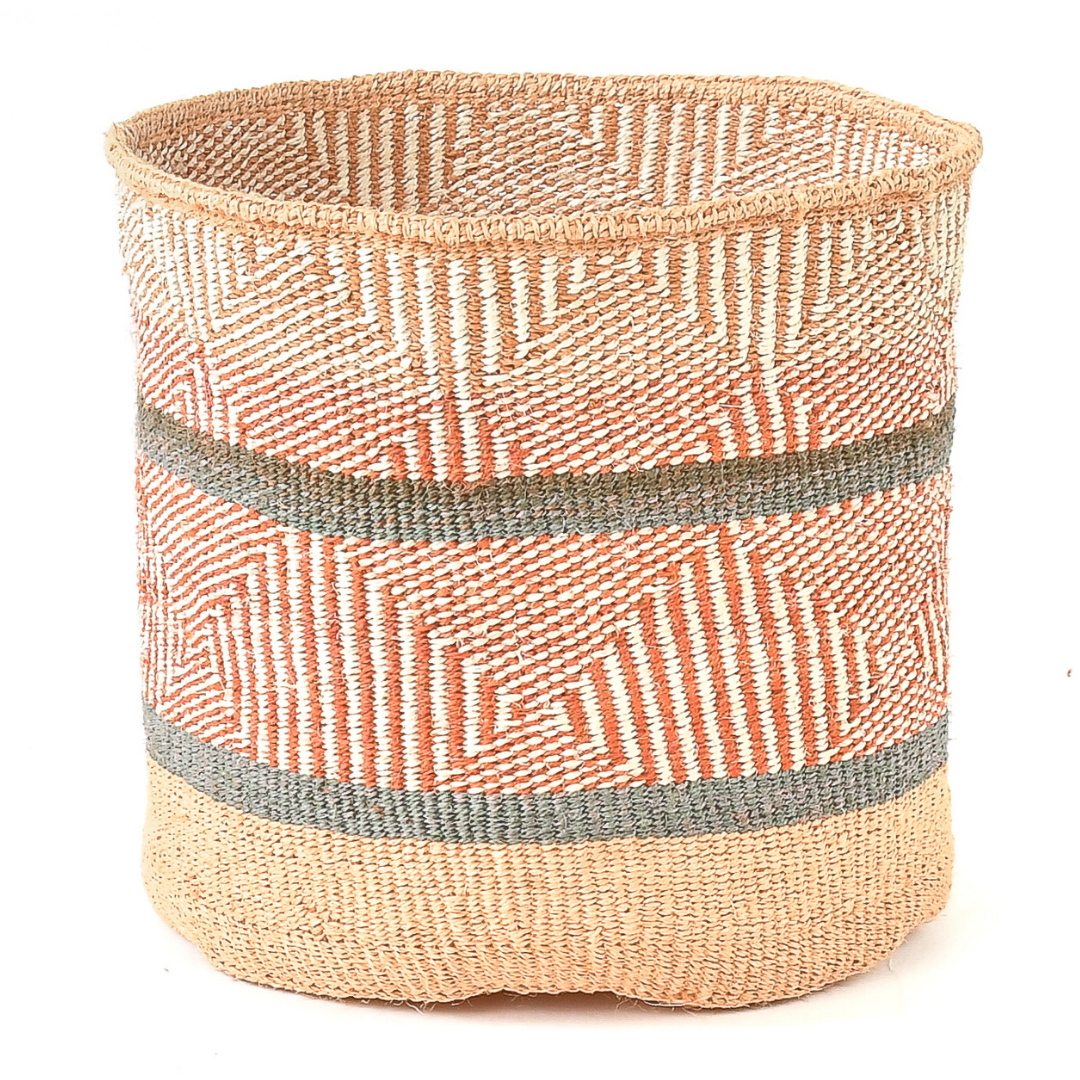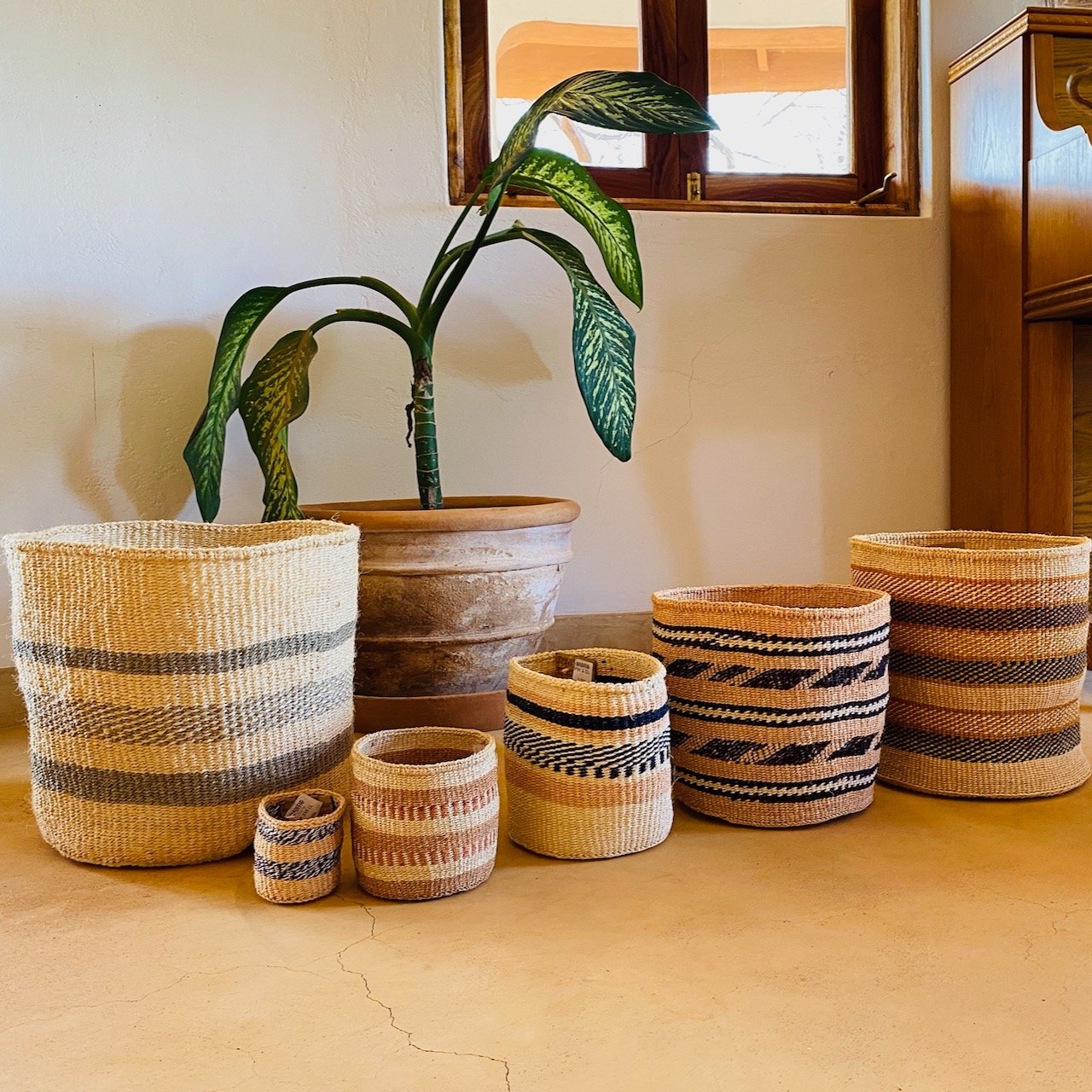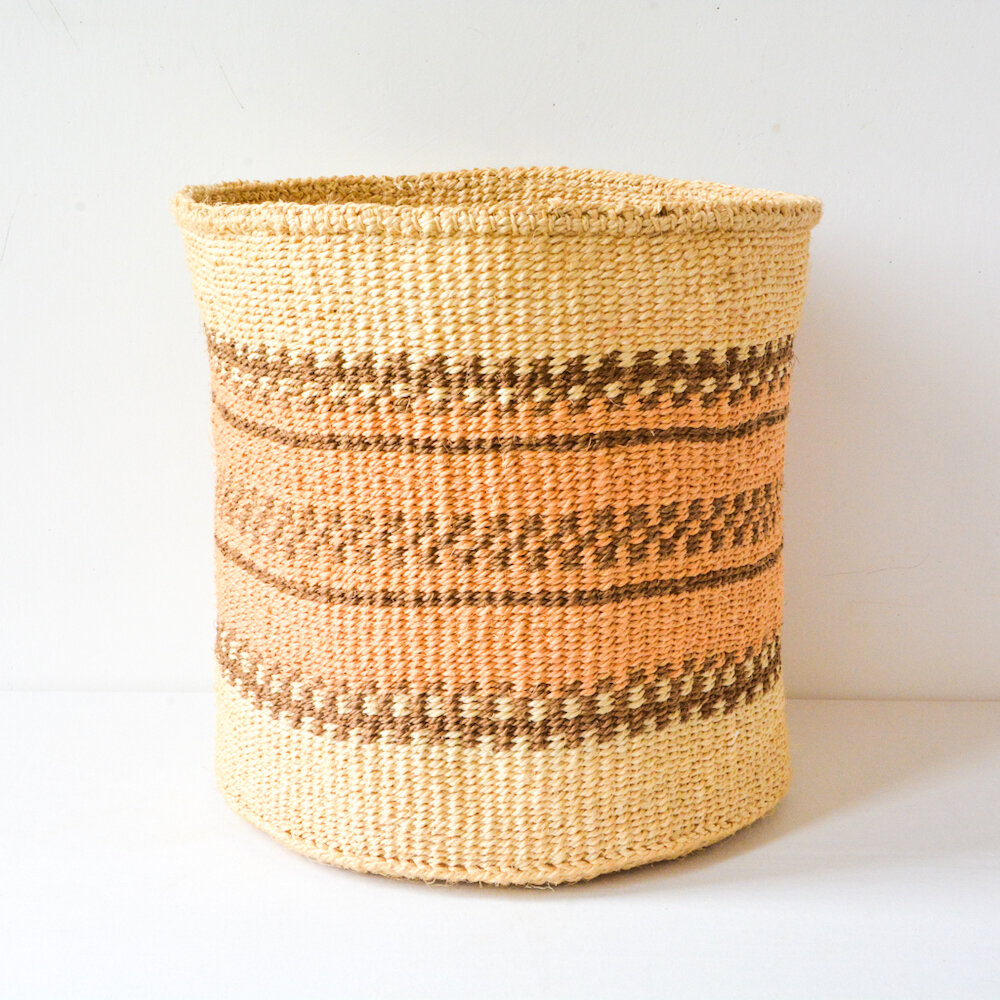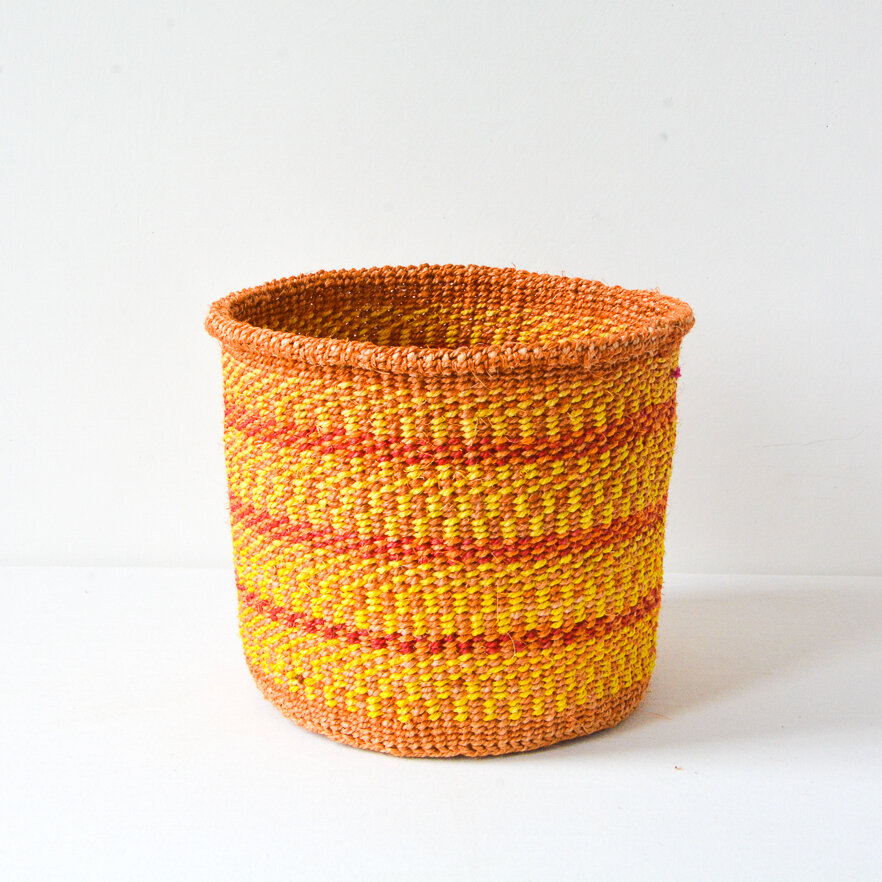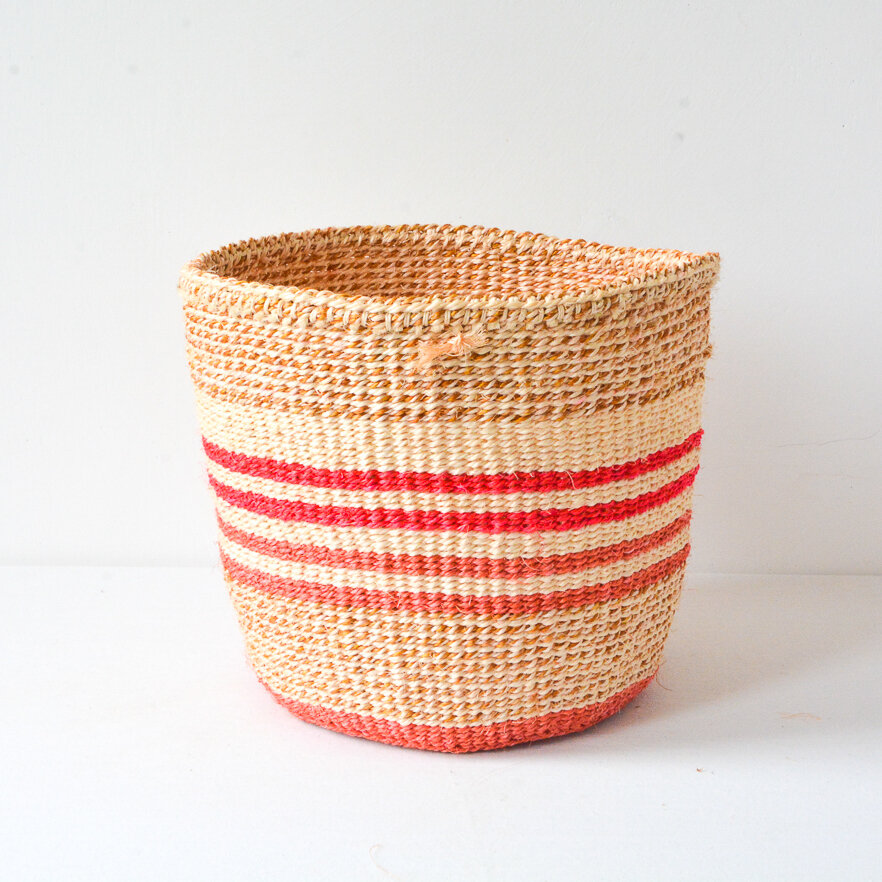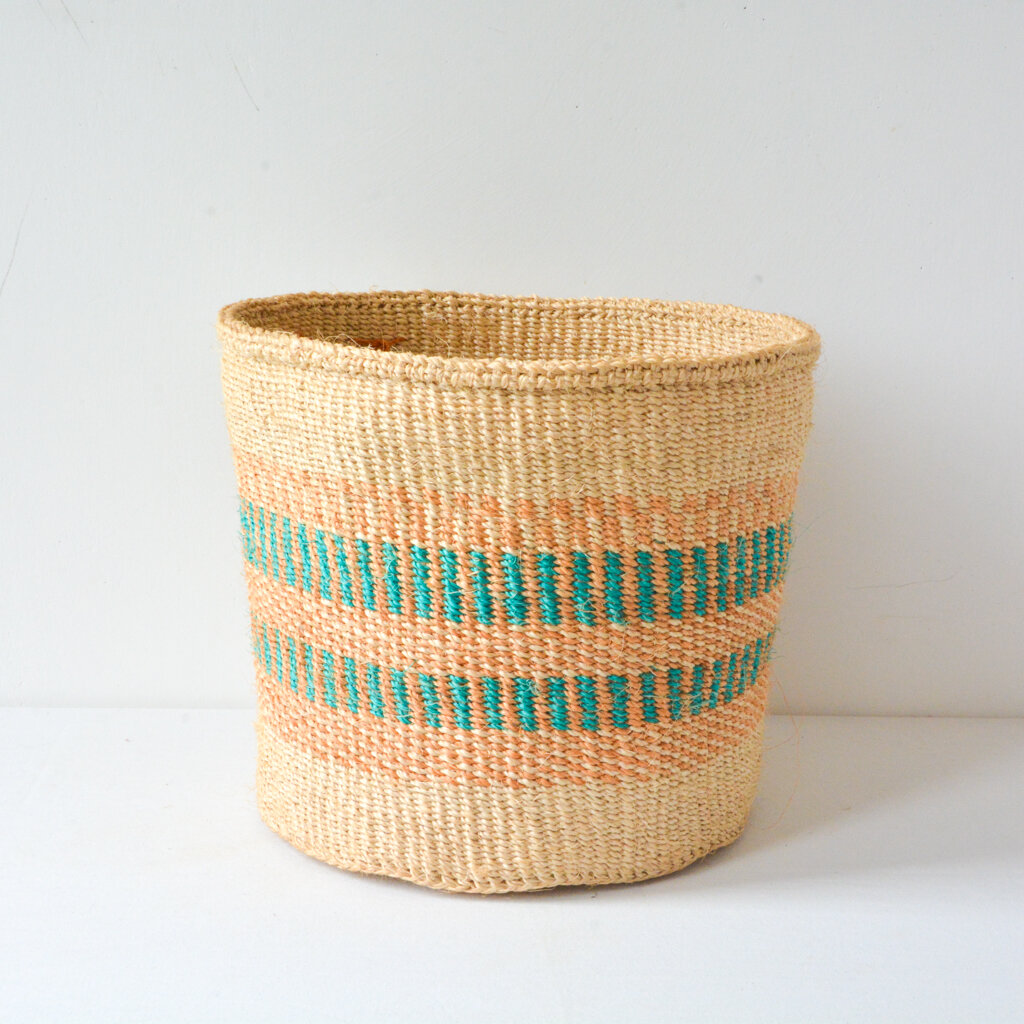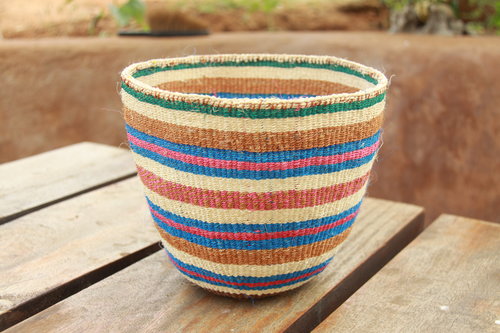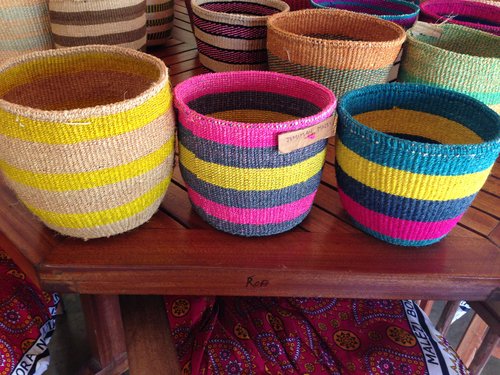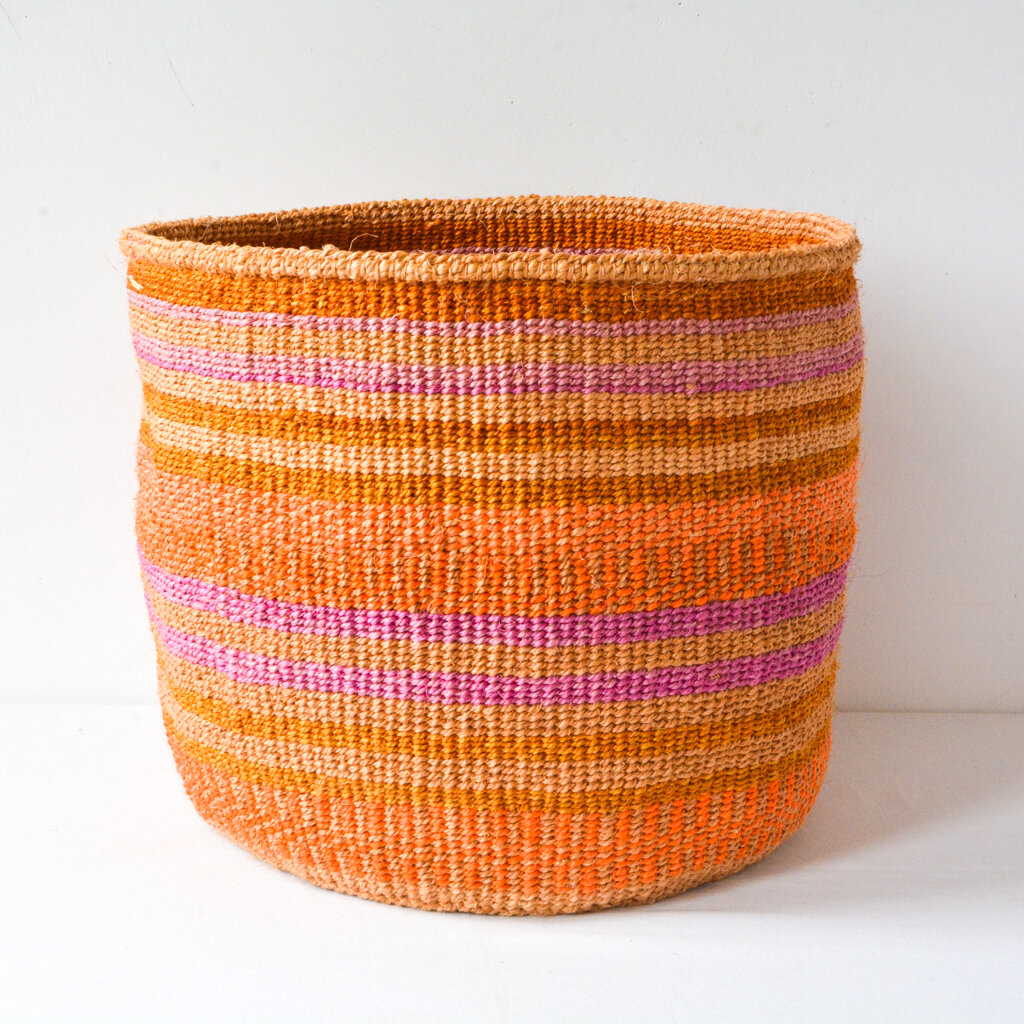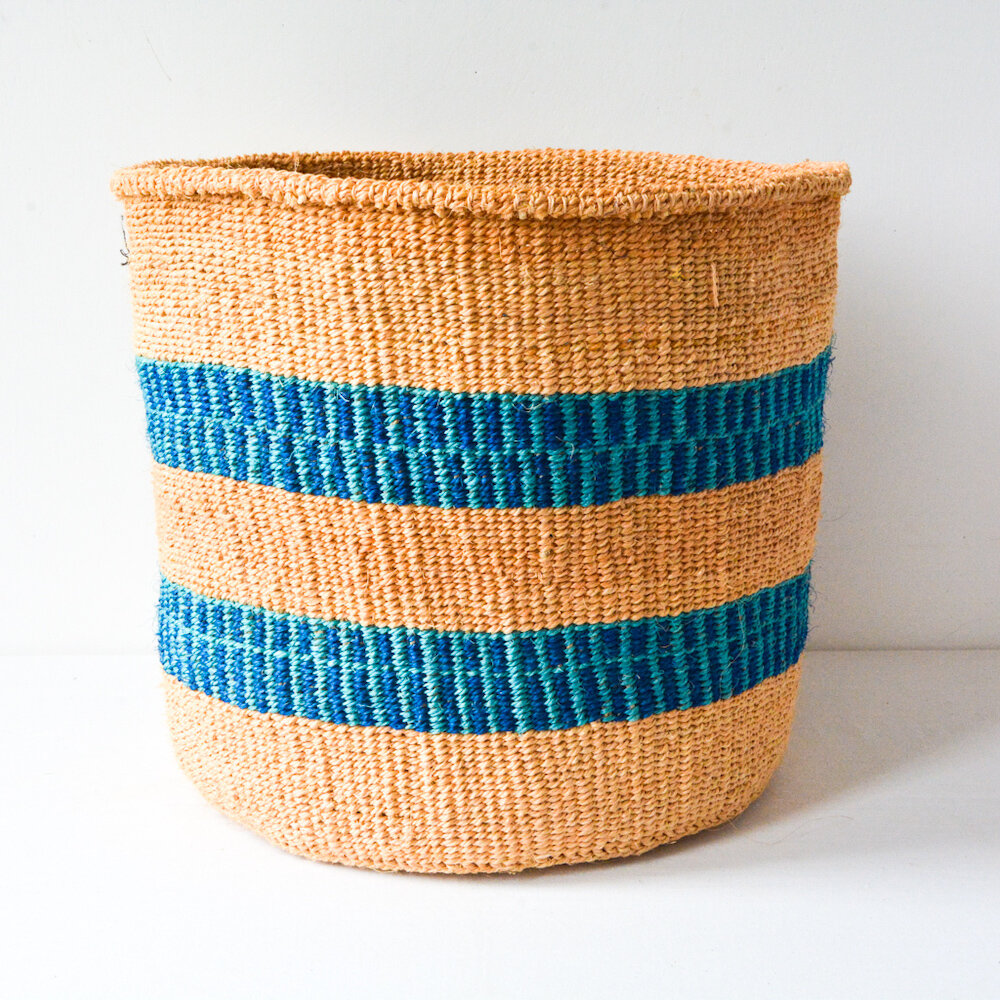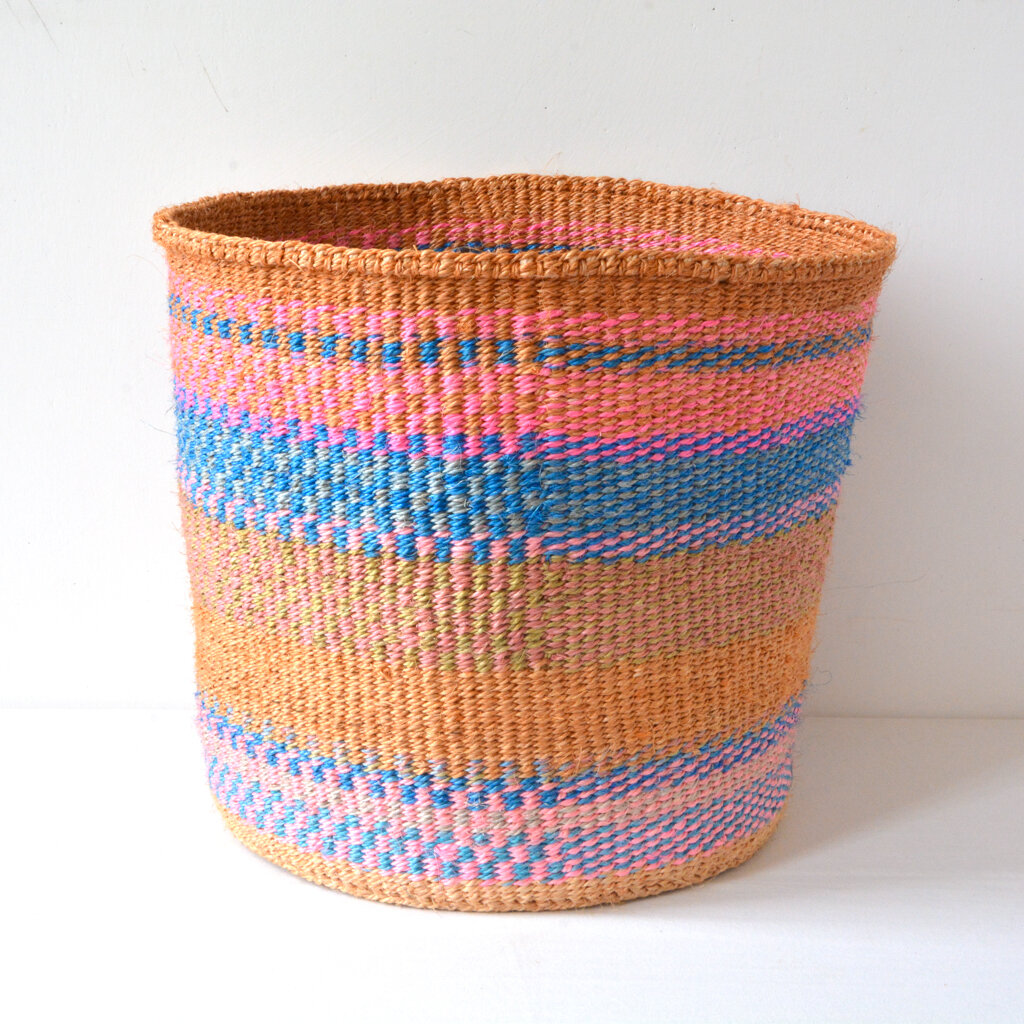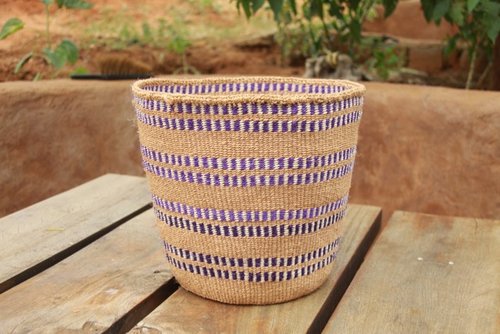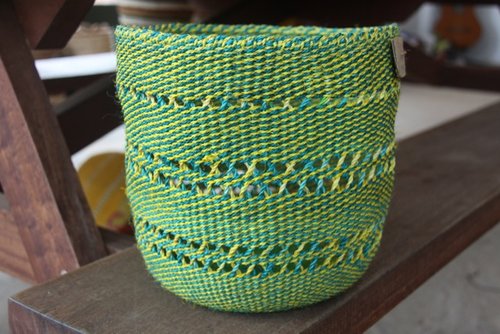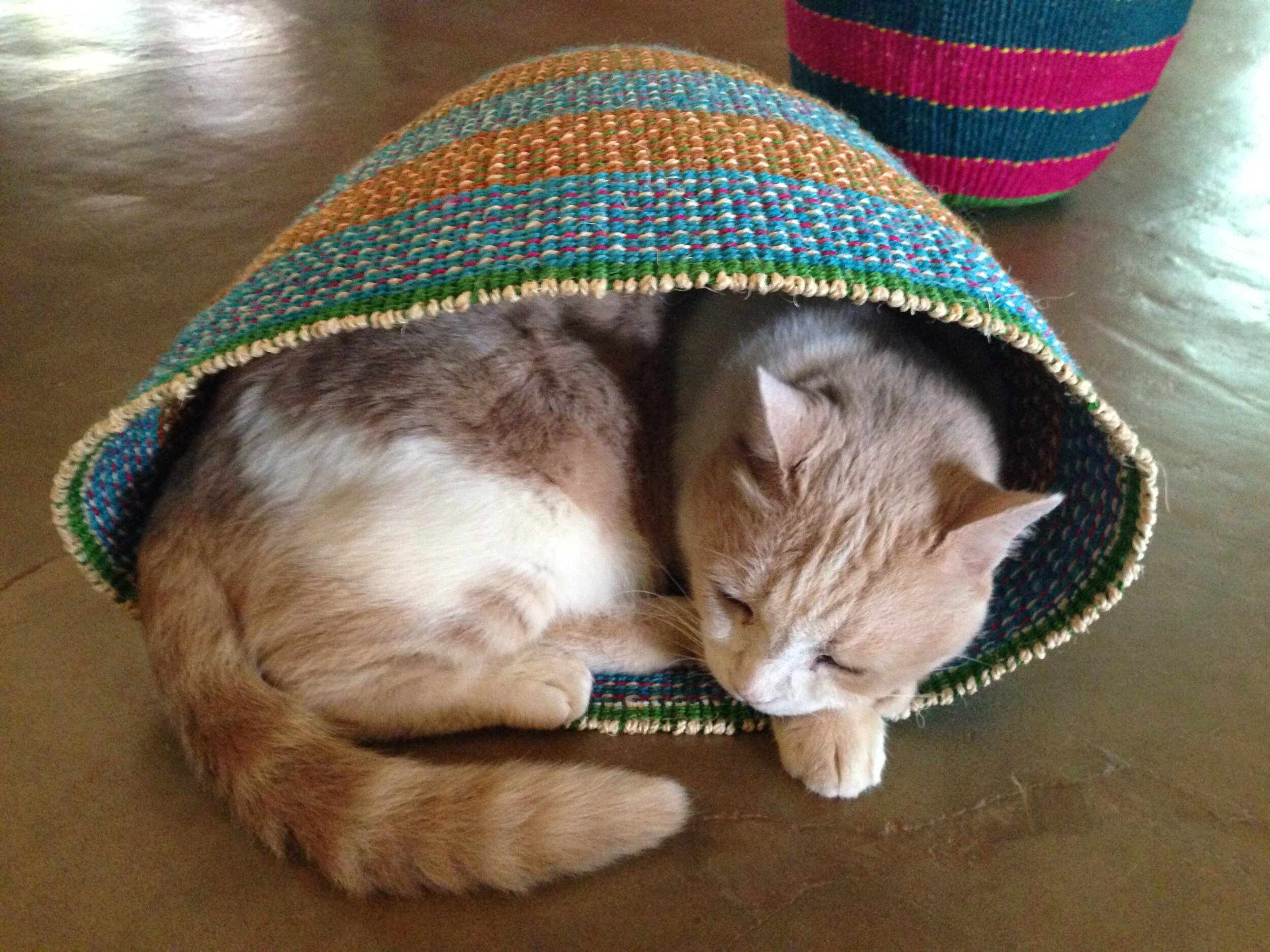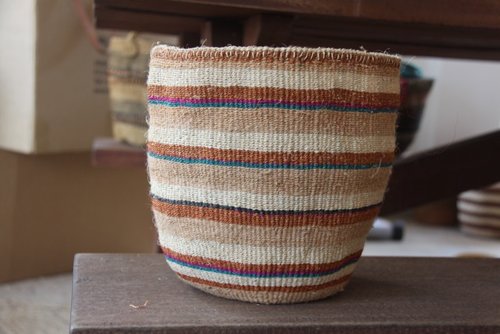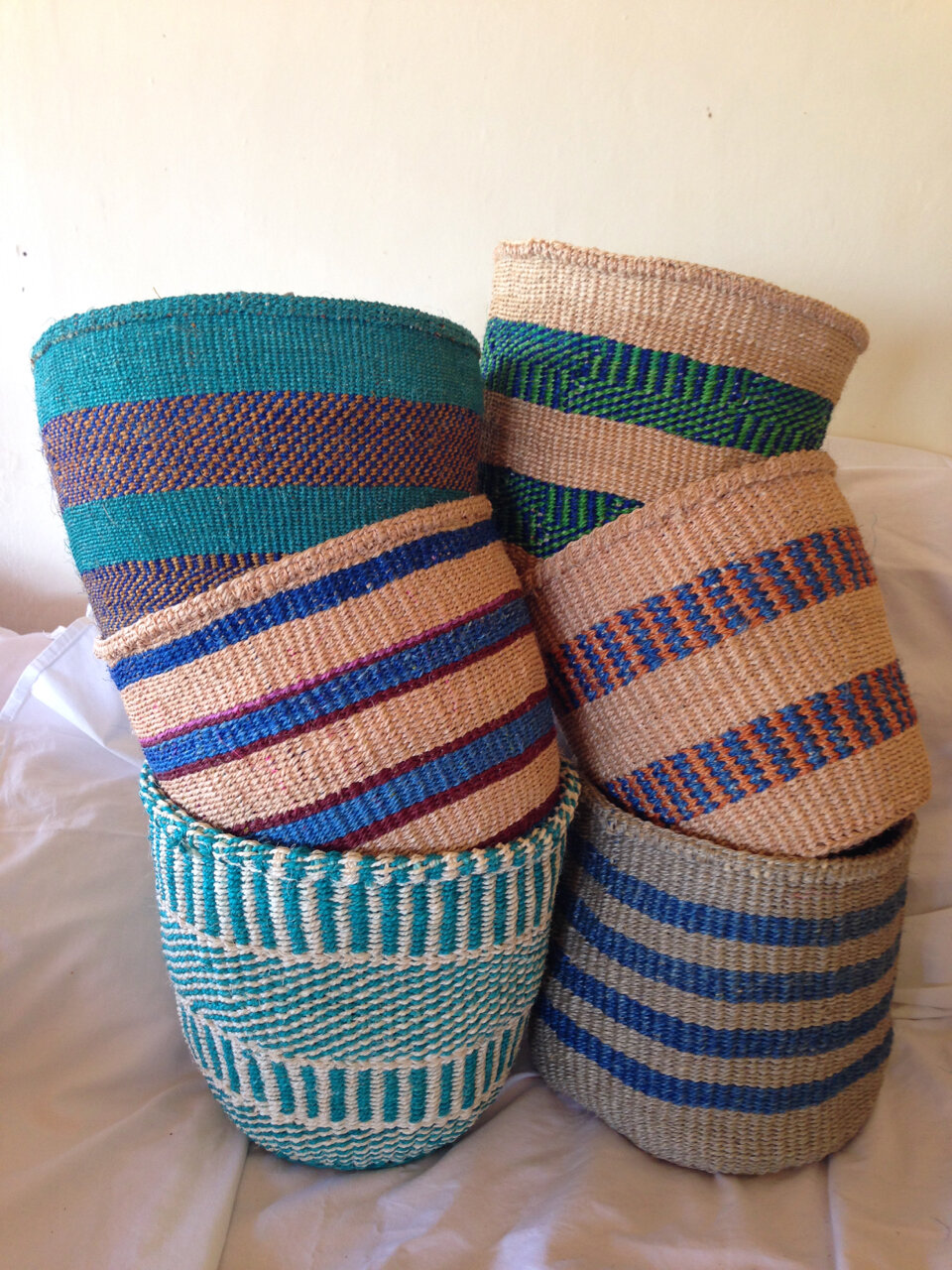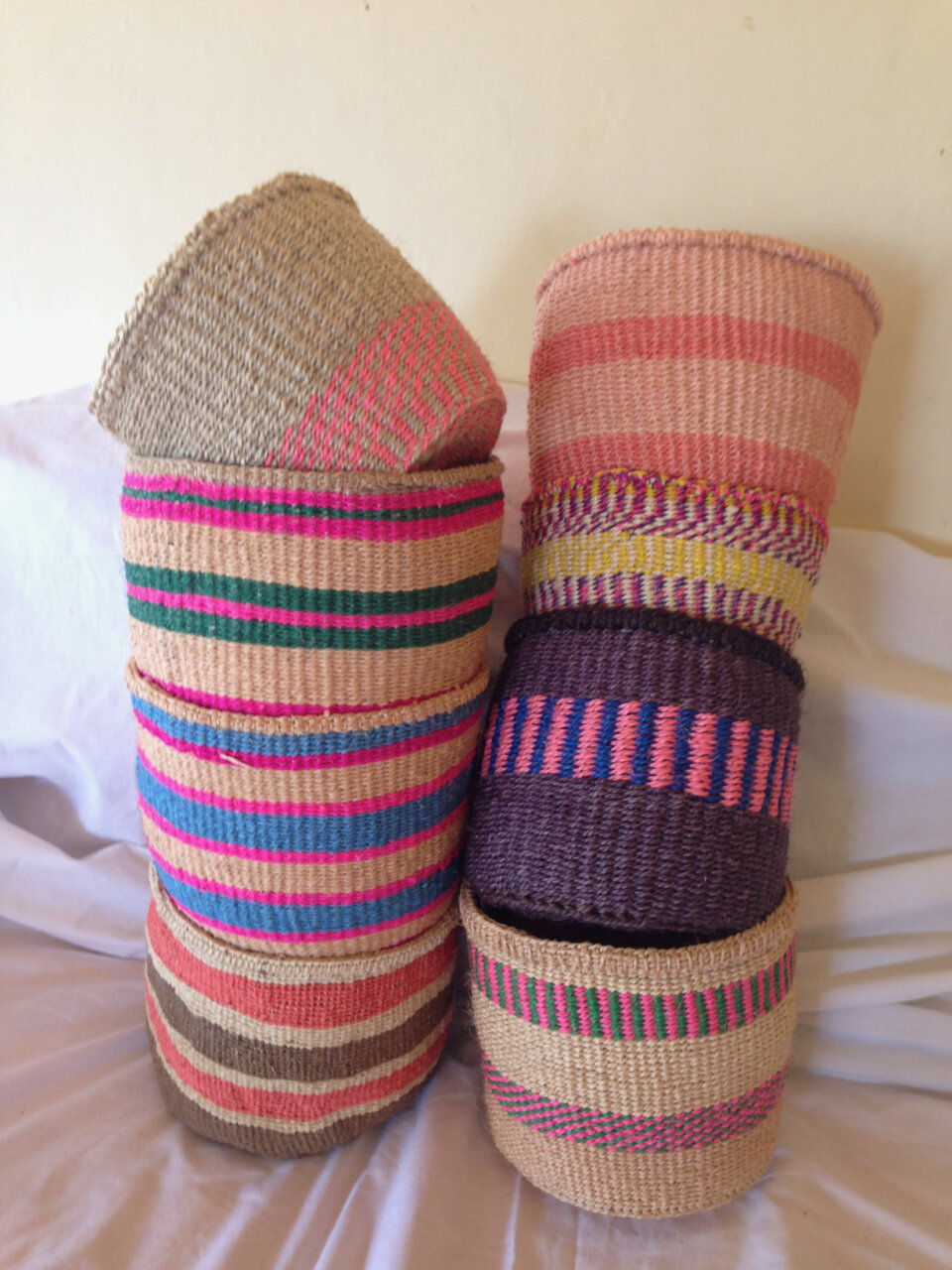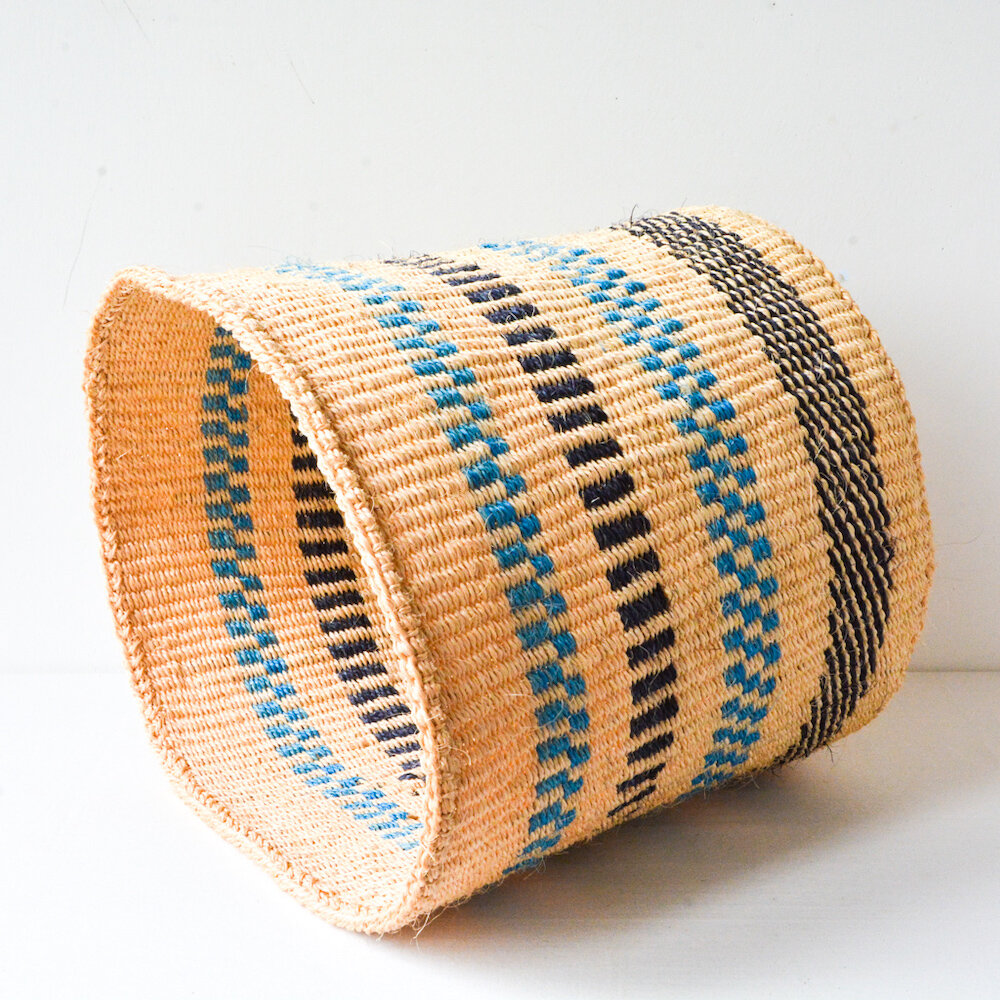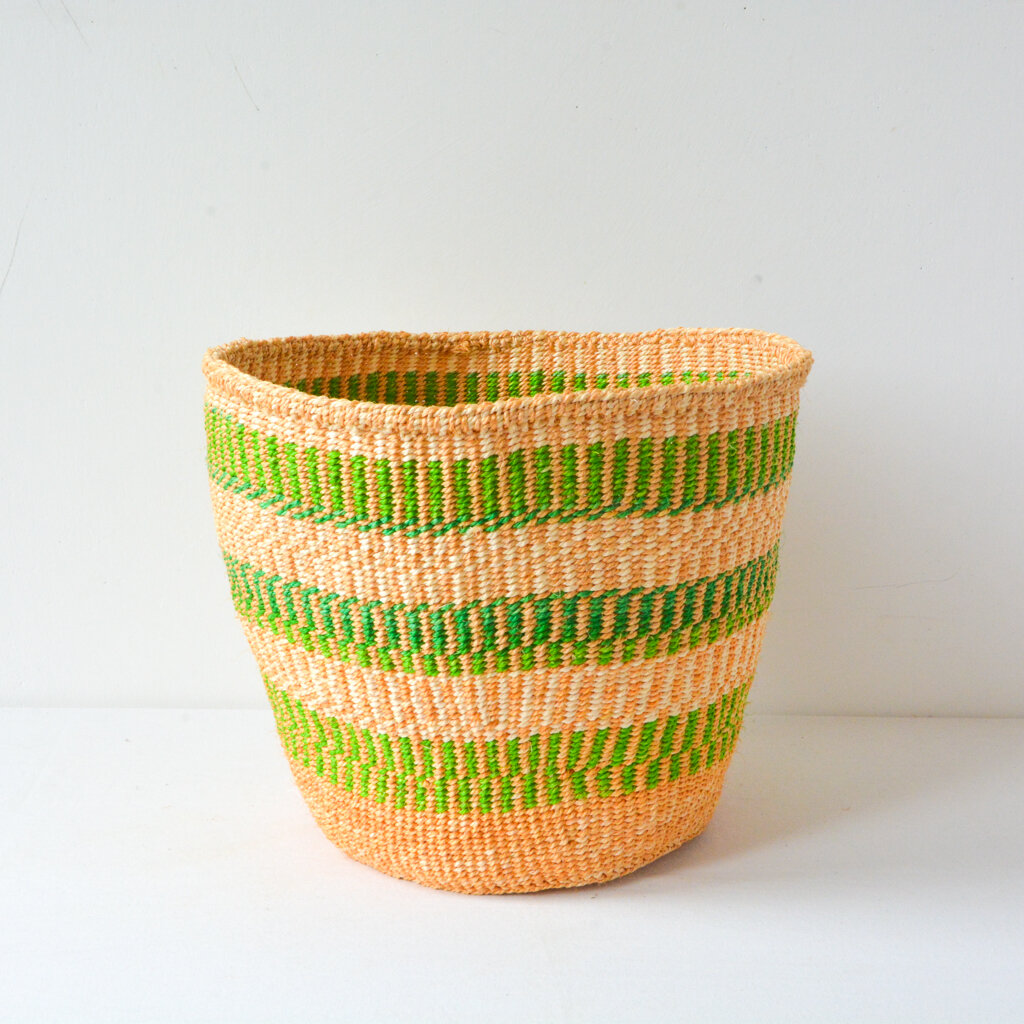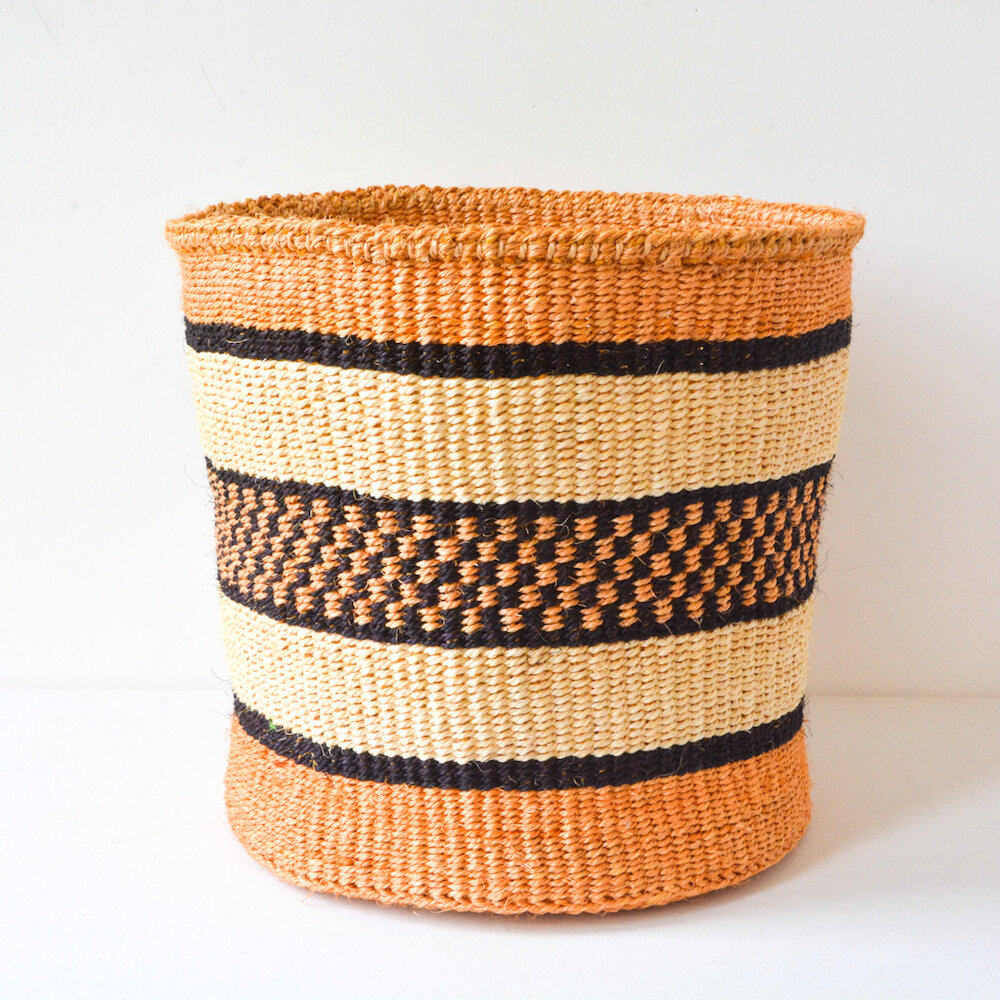These practical baskets are made out of sisal which is grown either on farms belonging to the basket weavers, or else purchased from the nearby sisal estate. Sisal is an exceptionally durable and strong material, and grows well in harsh Kenyan climates.
HOW TO CARE FOR YOUR BASKET
Sisal is famous for being an extremely strong and hardy material; it is resilient even to salt water! However, care should be taken when exposing your basket to full sunlight, since this will cause the colours to fade. Whilst a splash of water will not harm these baskets, drying your basket out if it is made wet is recommended. Sisal is a natural product, and if it remains damp for a long period it can go mouldy. If you use your basket as a plant pot therefore, lining it with a water proof bag is advisable.
ABOUT THE LADIES
Weaving baskets is a tradition in Taita culture. Hadithi baskets are made by Basket Weaver Women’s Groups in the rural villages between Tsavo East and Tsavo West National Parks. Most groups meet every two weeks to weave baskets together, and continue weaving in the meantime at home, on the bus or whilst walking to their neighbours. Hadithi started working with 350 weavers in 2013, and has expanded by 2019 to over 1000 weavers in the area. We visit each group every two months and purchase the baskets on the spot. These meetings are also a great opportunity to chat with the groups and discover some of their needs.
WHAT MAKES IT A PRACTICAL BASKET?
Practical baskets are made of medium thick twine (the fineweave baskets are made of a lot thinner twine).
Consequently, the baskets are more heavy and strong, and have less knots density per square inch than their fineweave counterparts of the same size.
Thanks to a tight weave and a slightly chunkier twine, these baskets are sturdier and keep their shape better, ideal for home use.
colours / sizes / leather options
From sisal plant to basket…
These practical baskets are made out of sisal which is grown either on farms belonging to the basket weavers, or else purchased from sisal estate nearby. The leaves of the sisal plant are used to obtain a fibre which is rolled to twine, and then be woven to a basket.
The weavers from the Kasigau Weaver’s Group dye the fibres themselves and then roll the twine on their lap. Making baskets is a very labour intensive art. The baskets come in a number of different colours and patterns, with each design entirely made up by these artistic Taita ladies!
The basket weaving process is explained step by step in the photogallery below.
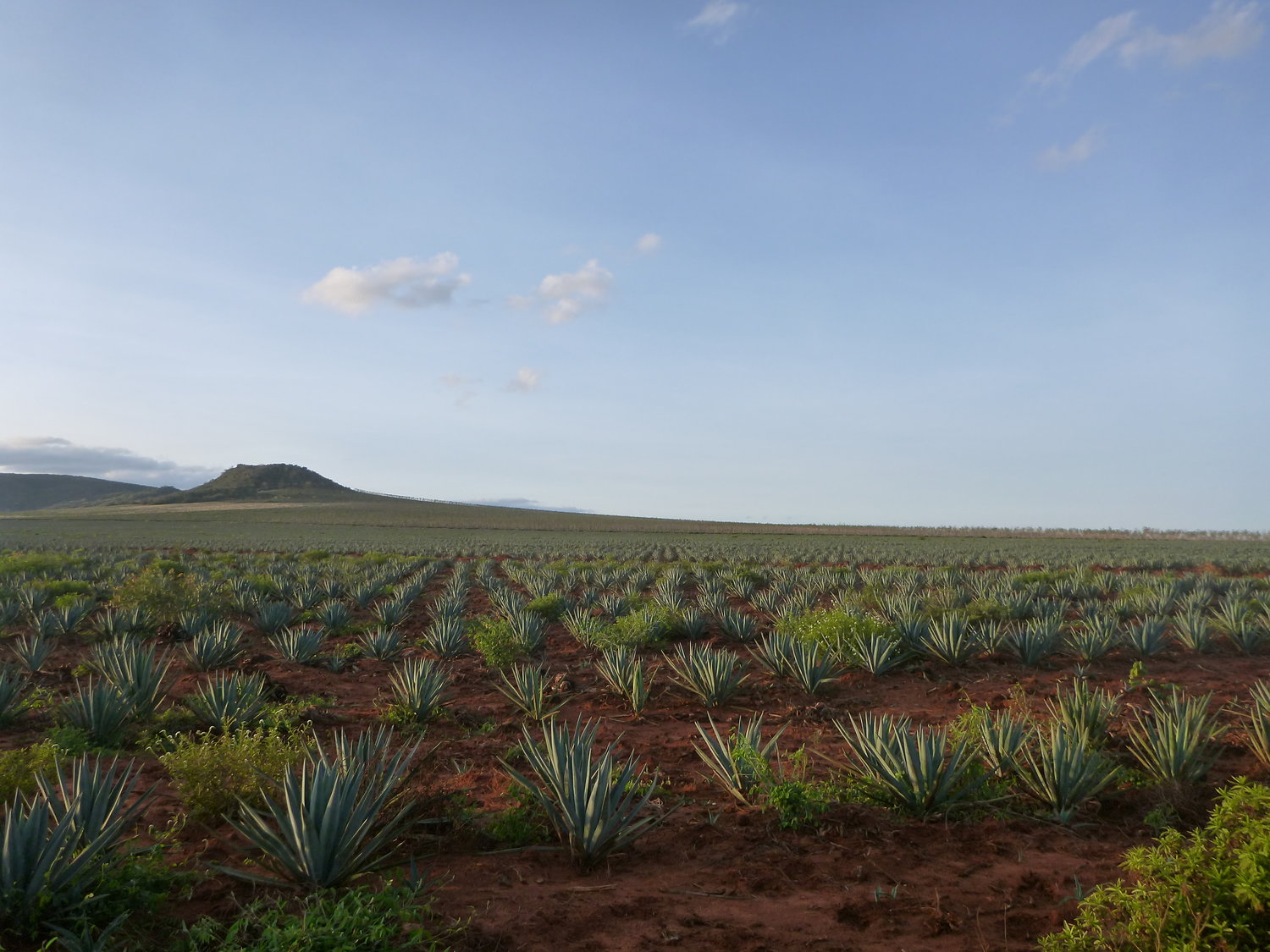
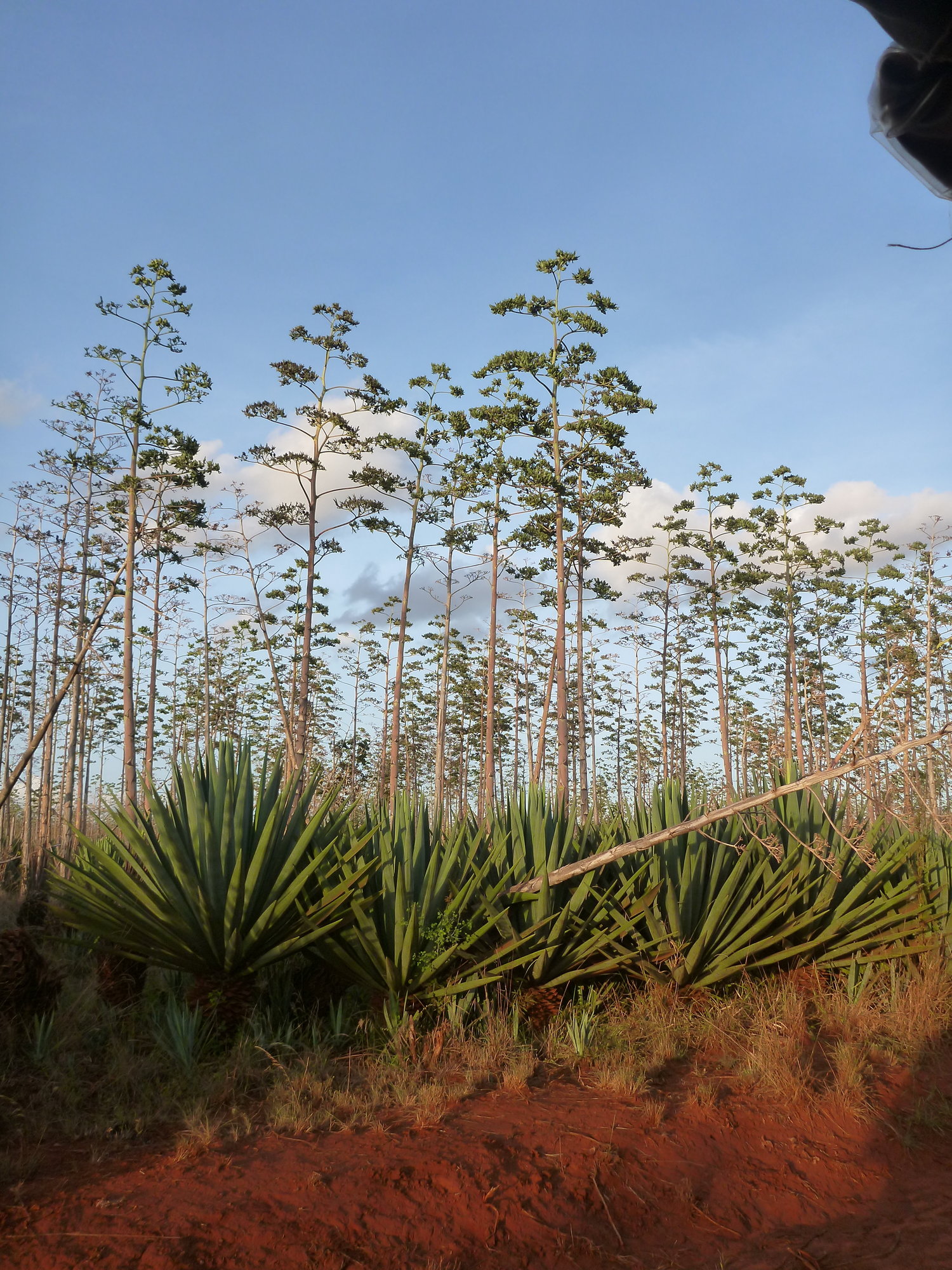
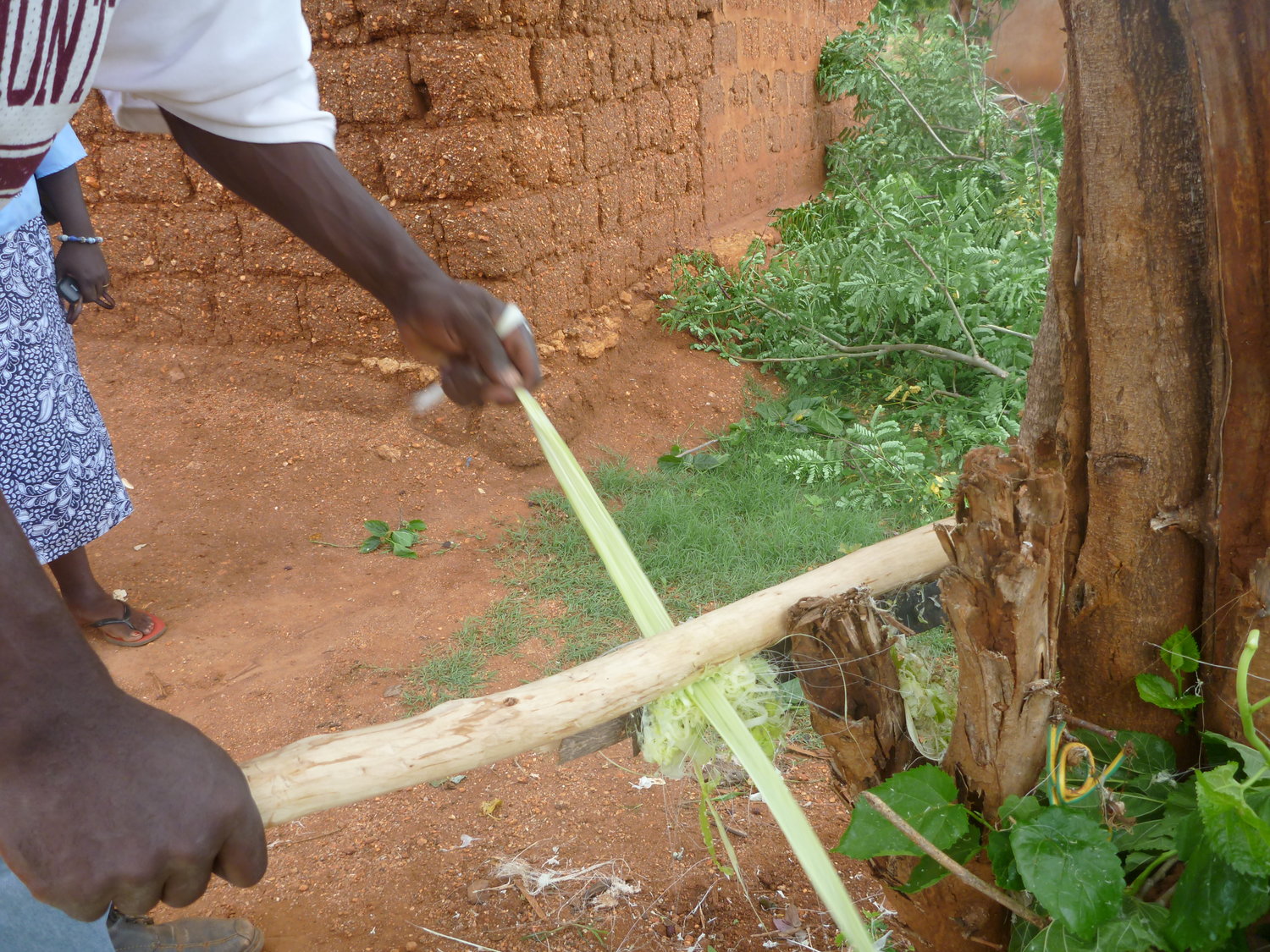
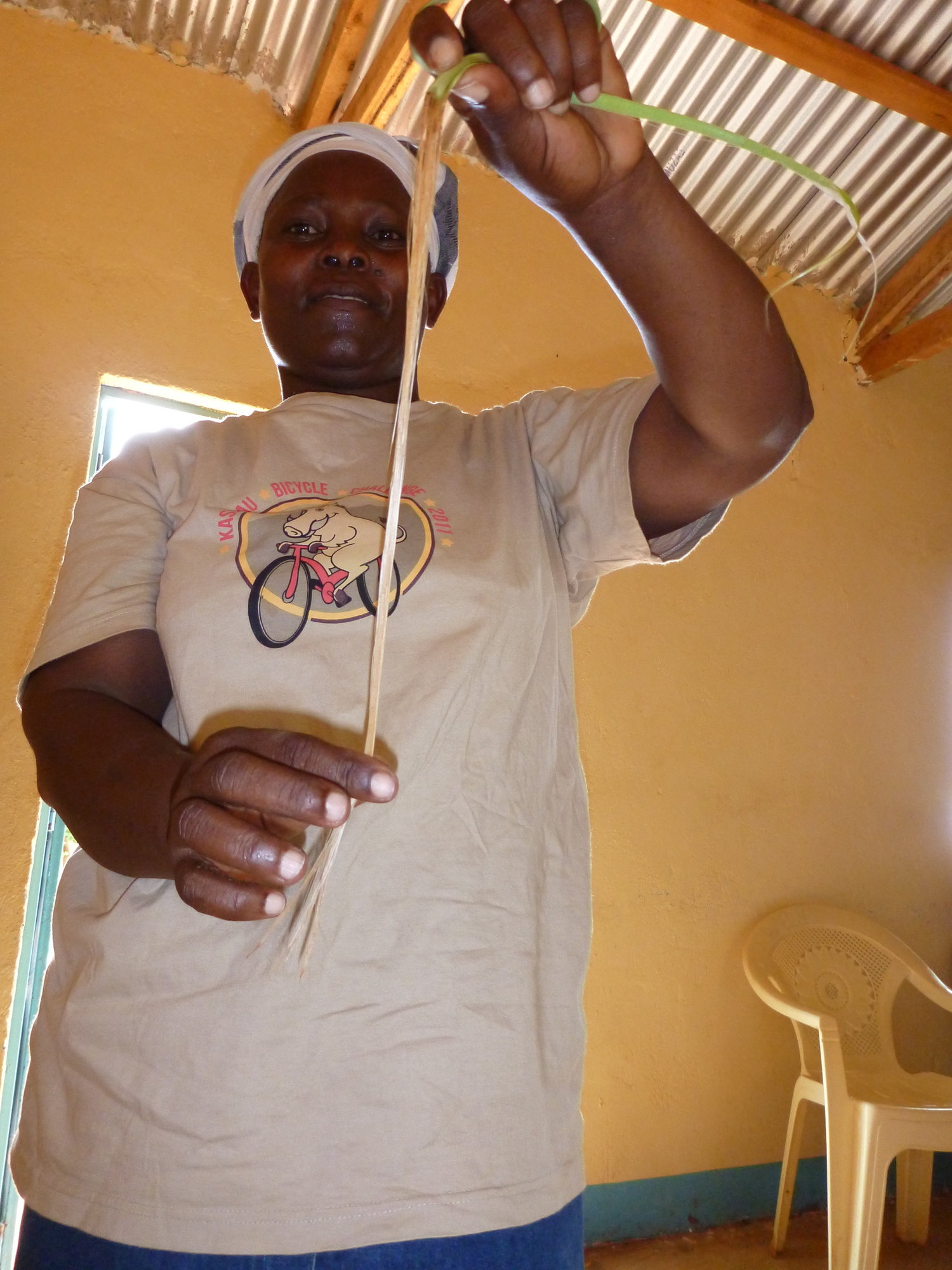
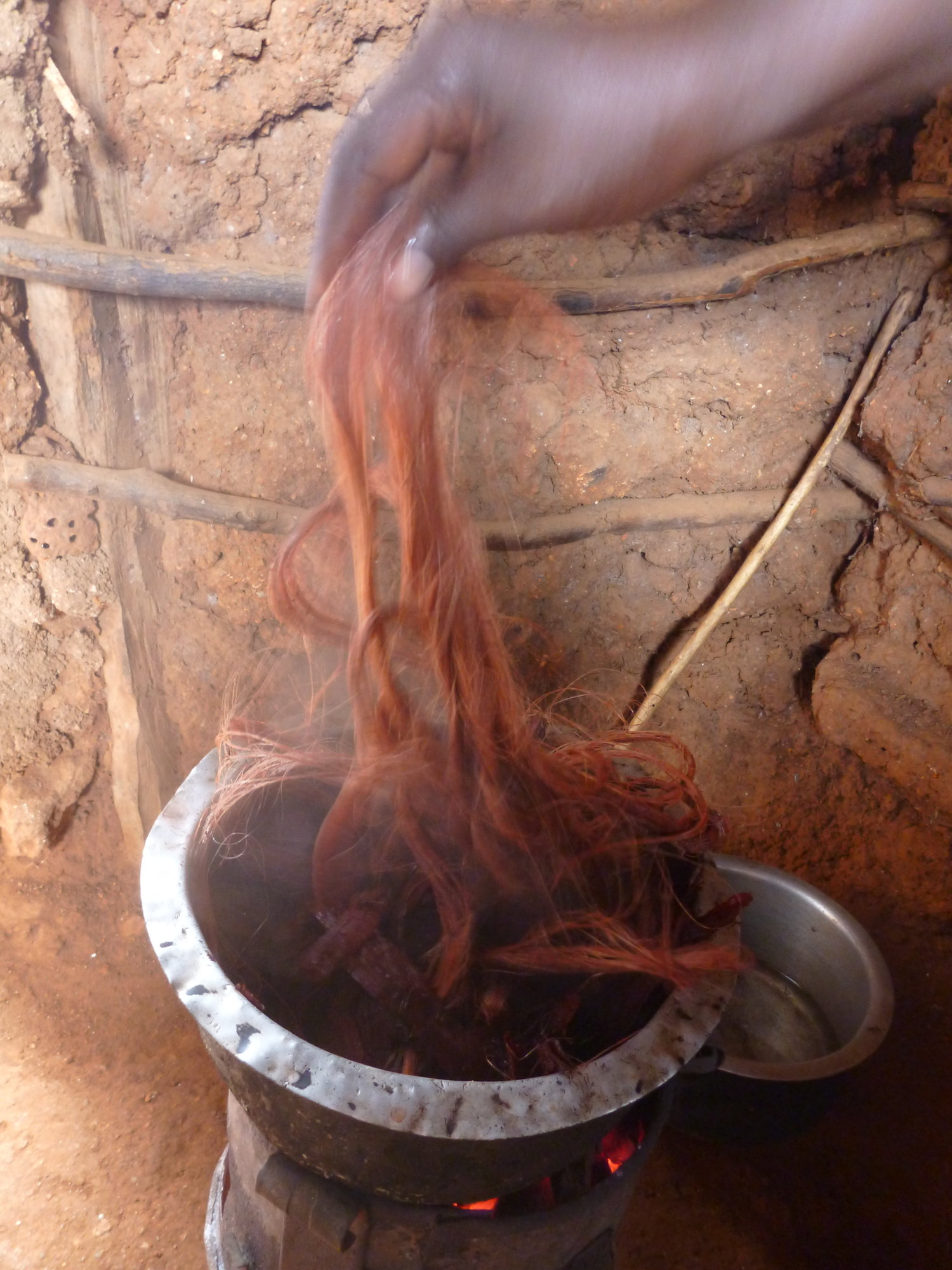


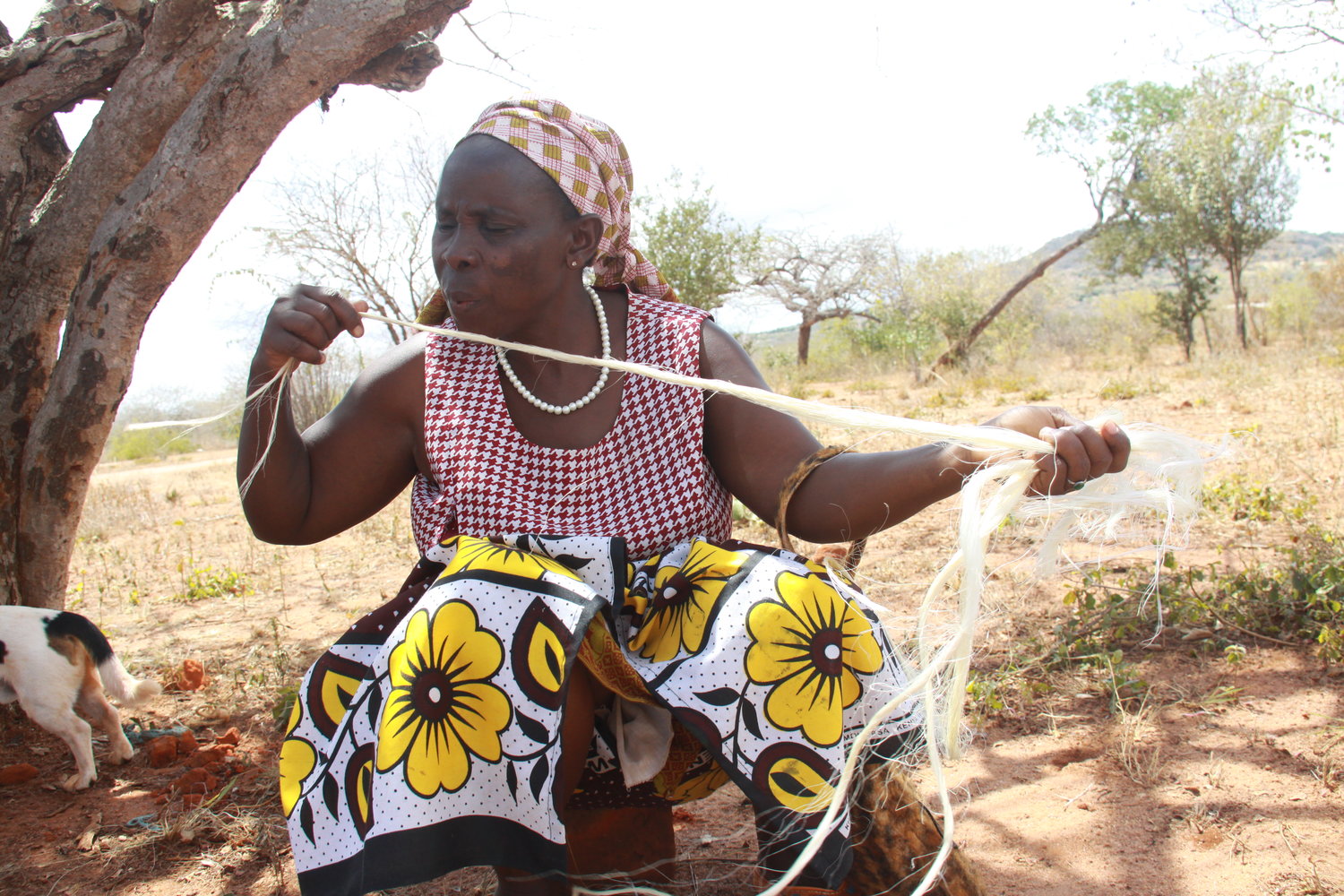

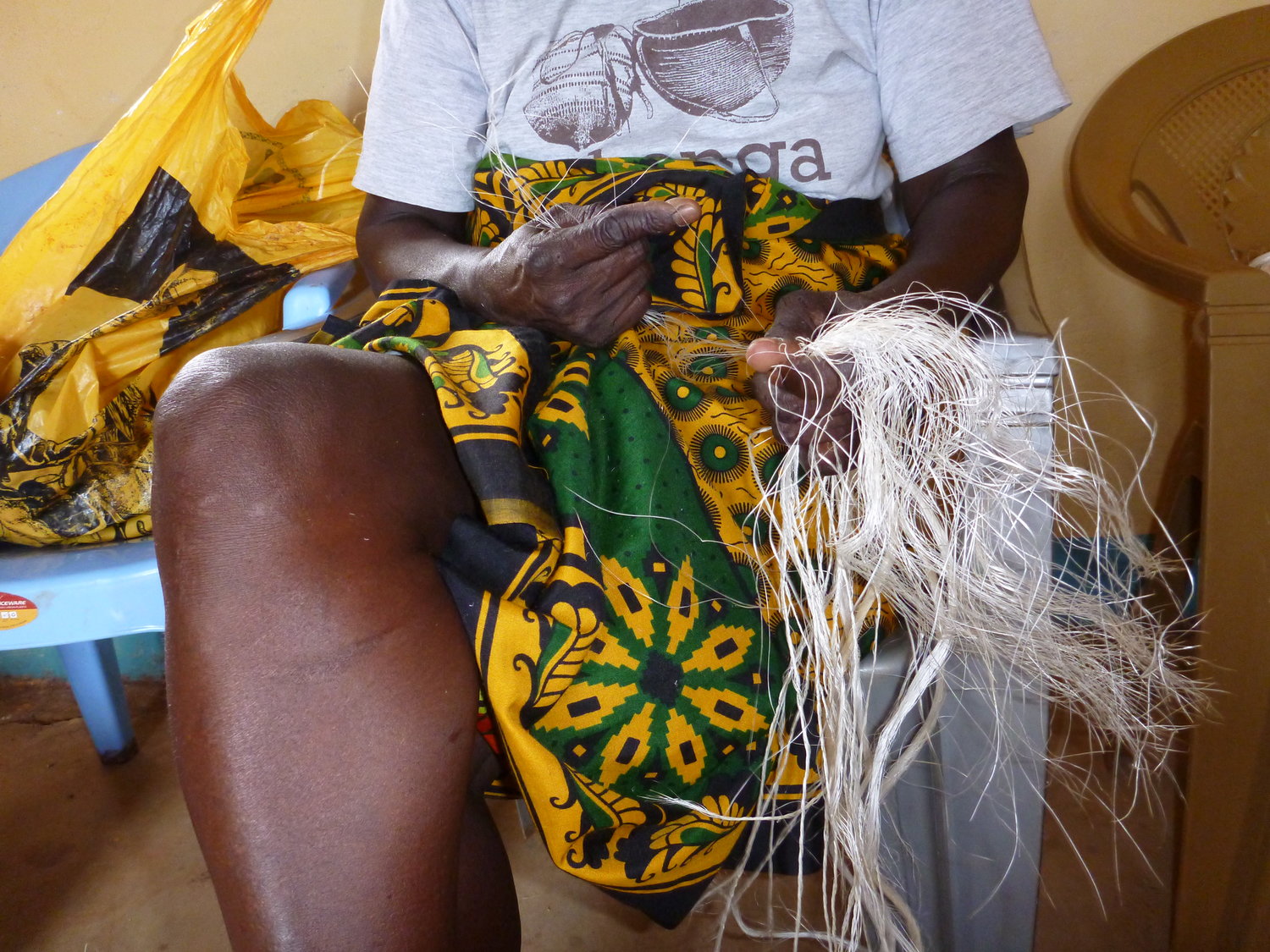
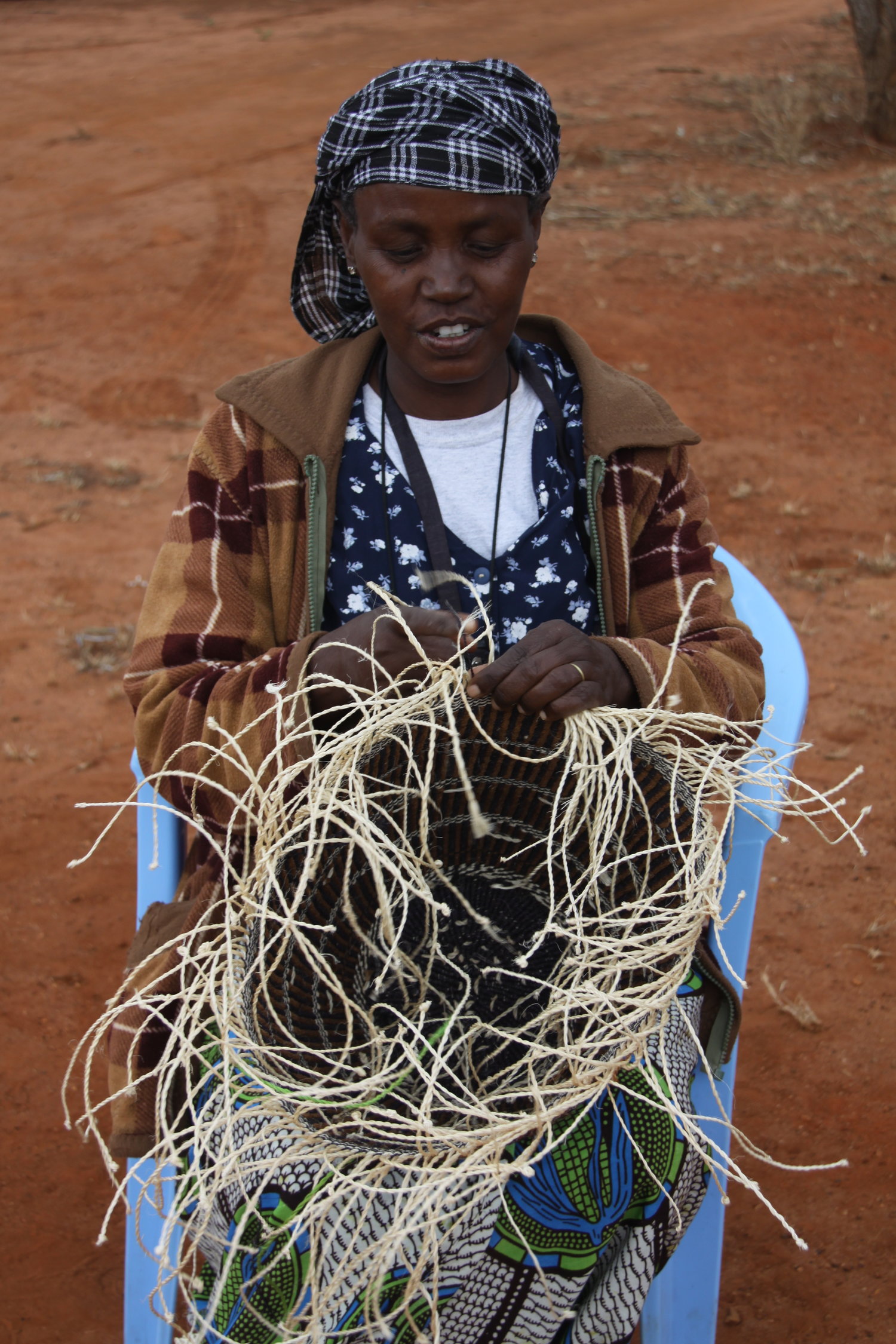
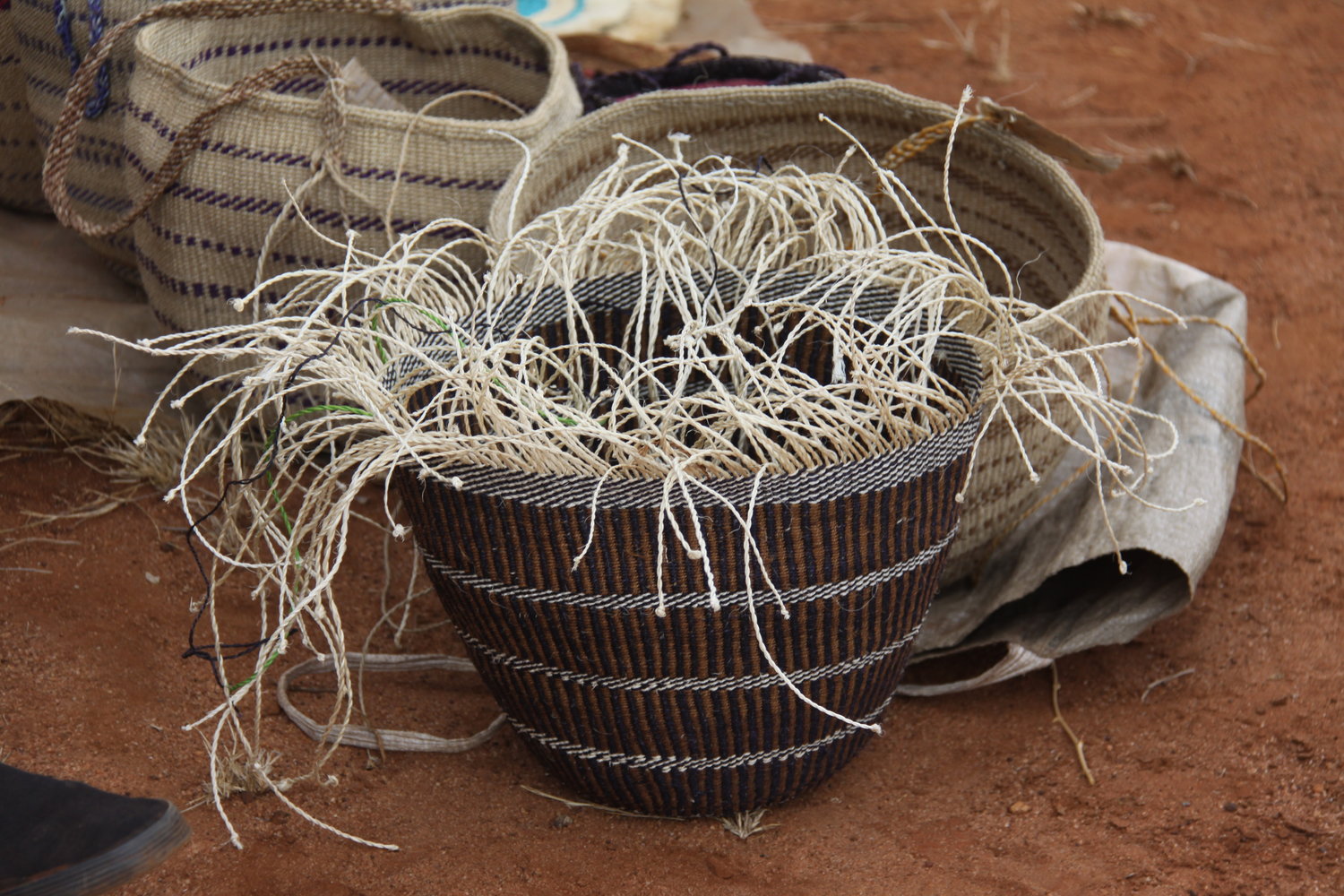
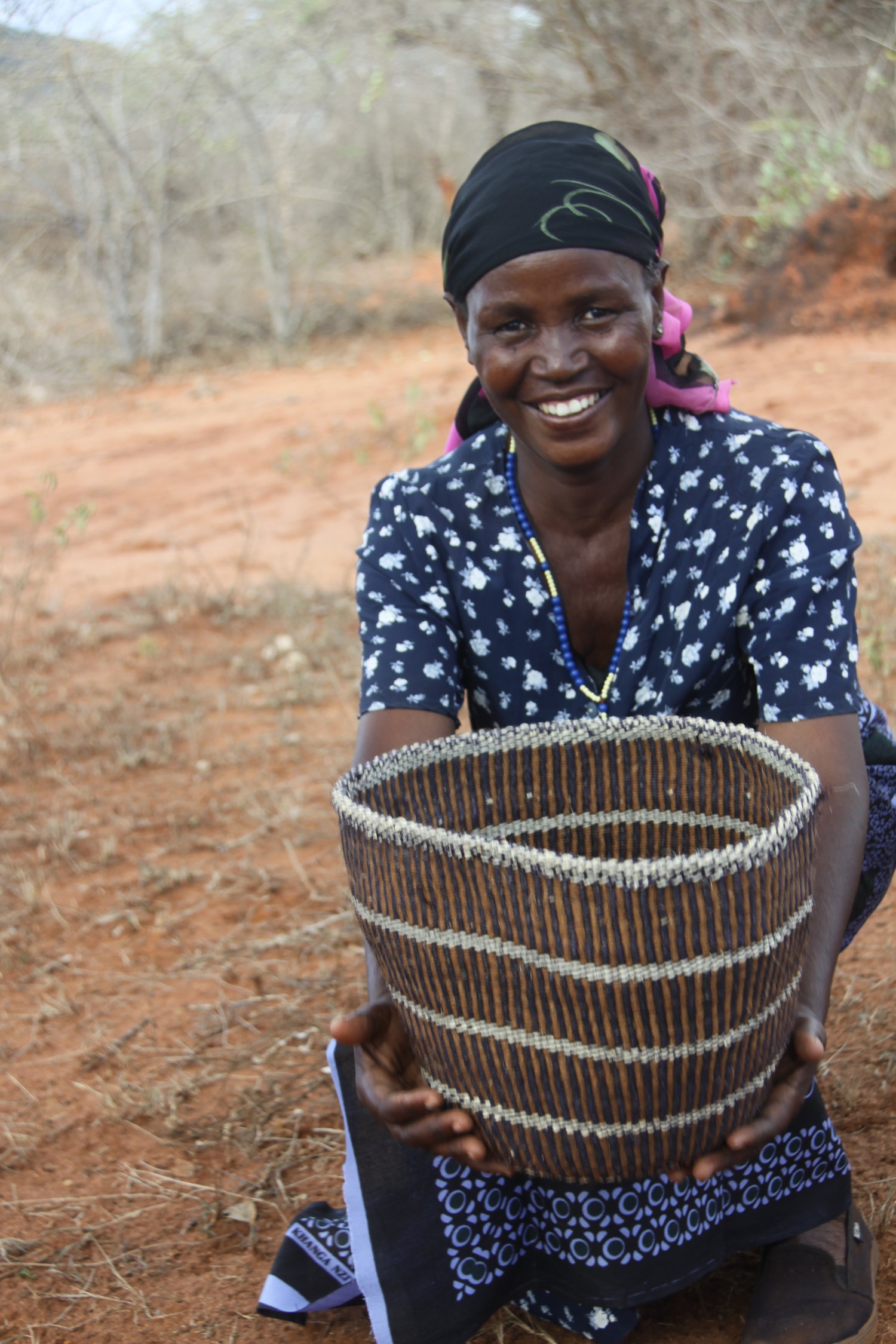
PHOTO GALLERY
Take a closer look at some practical sisal baskets below. These are examples to show the wonderful variety of baskets made by the weavers; no two are the same!



